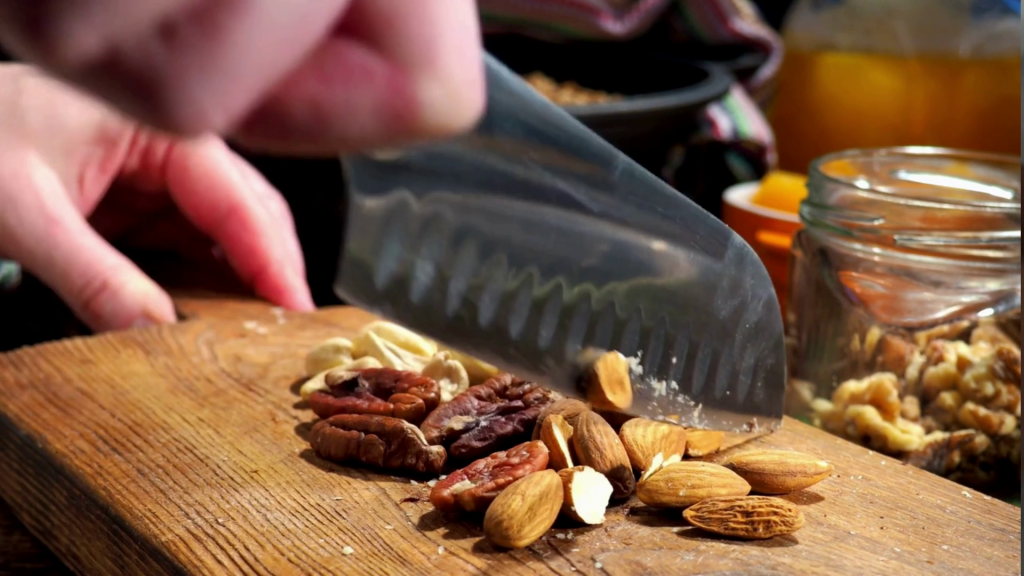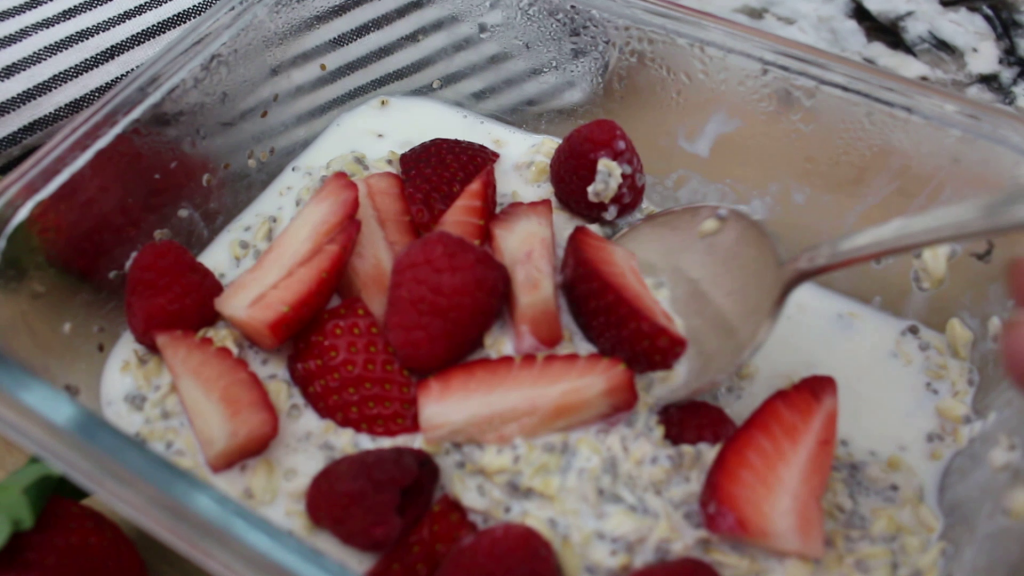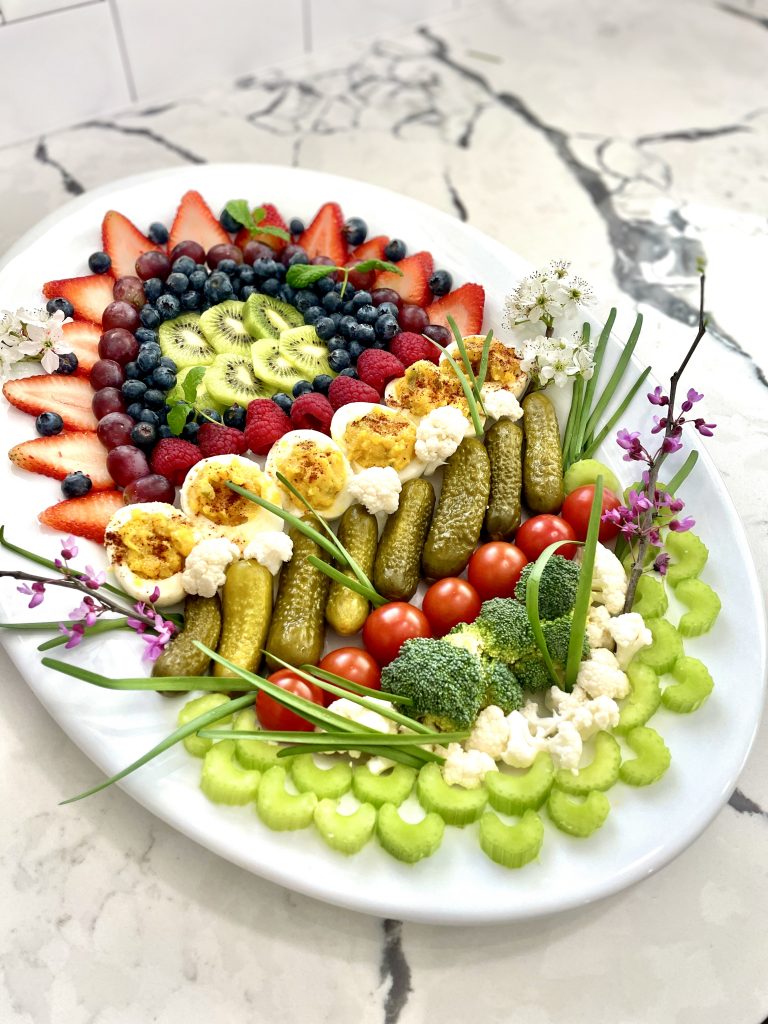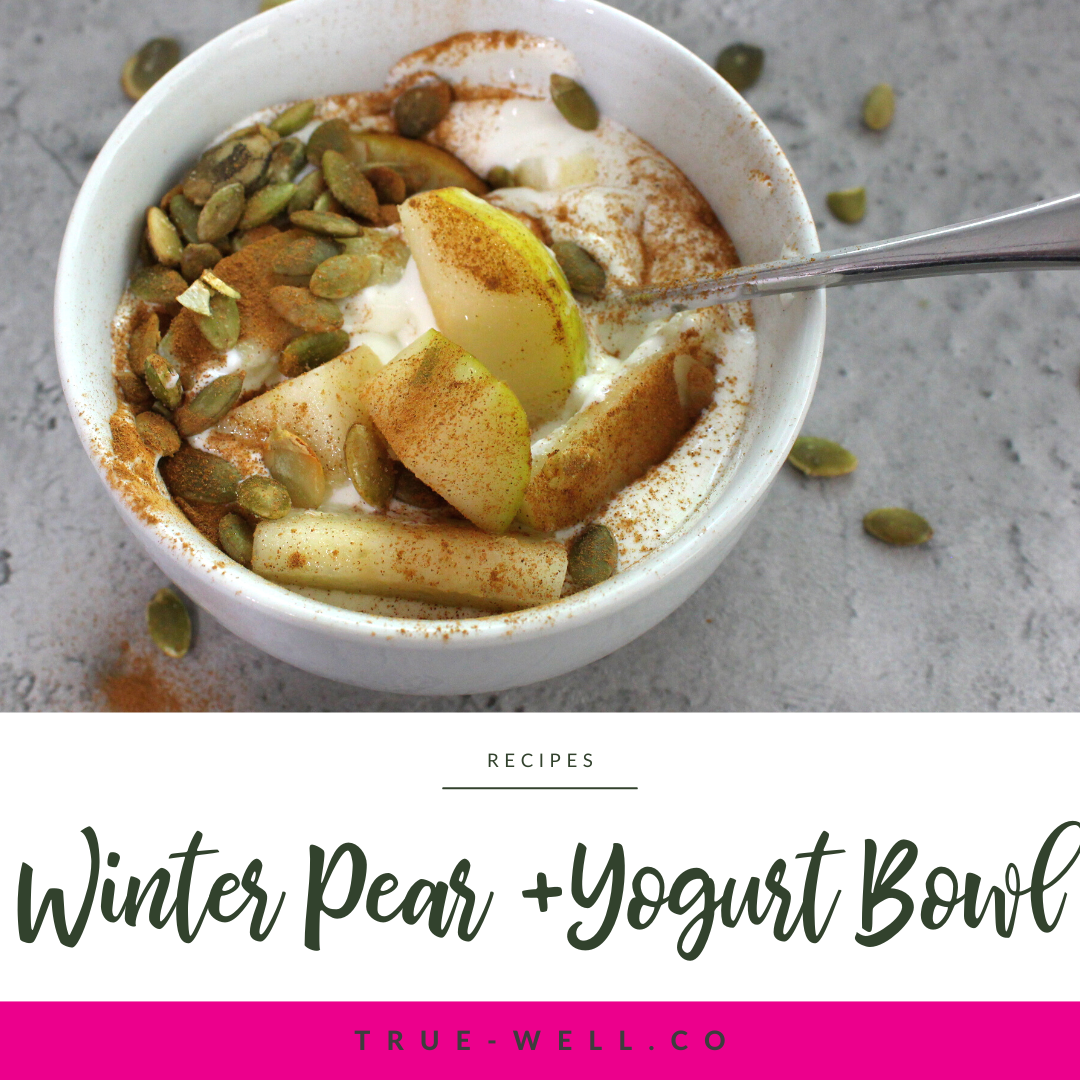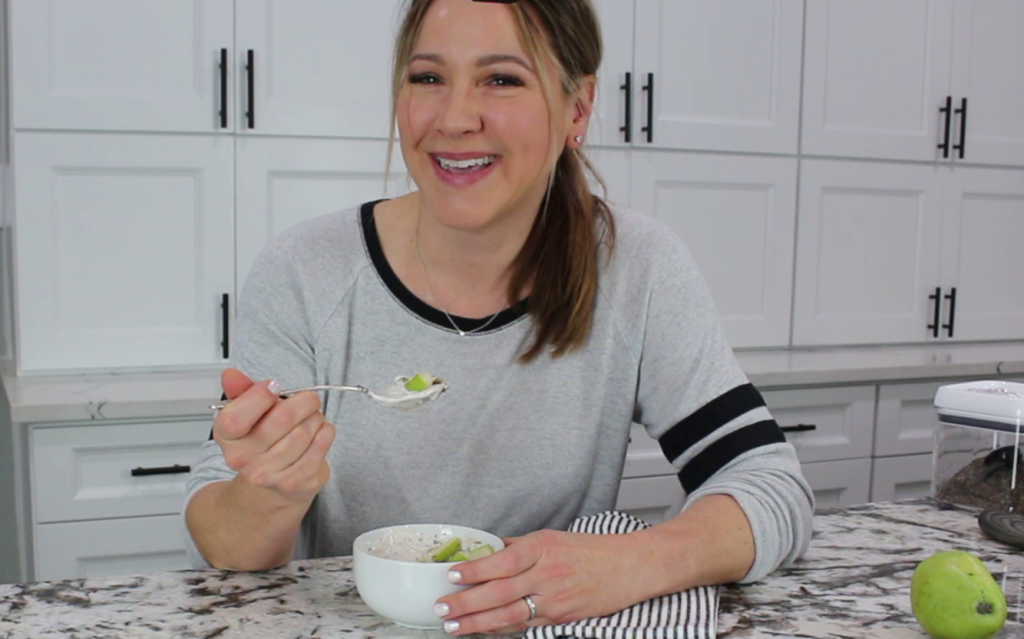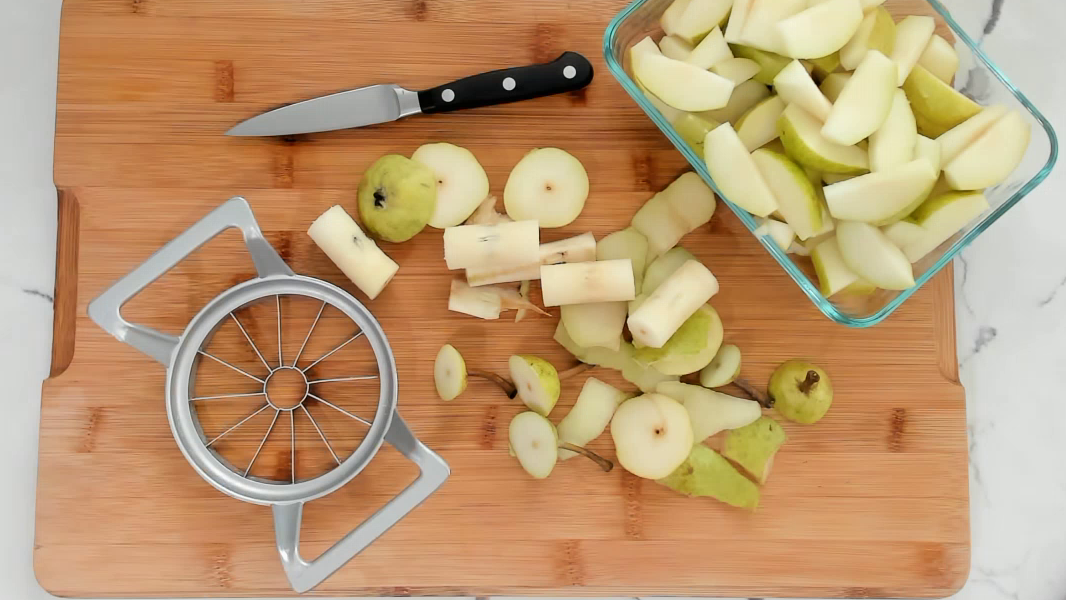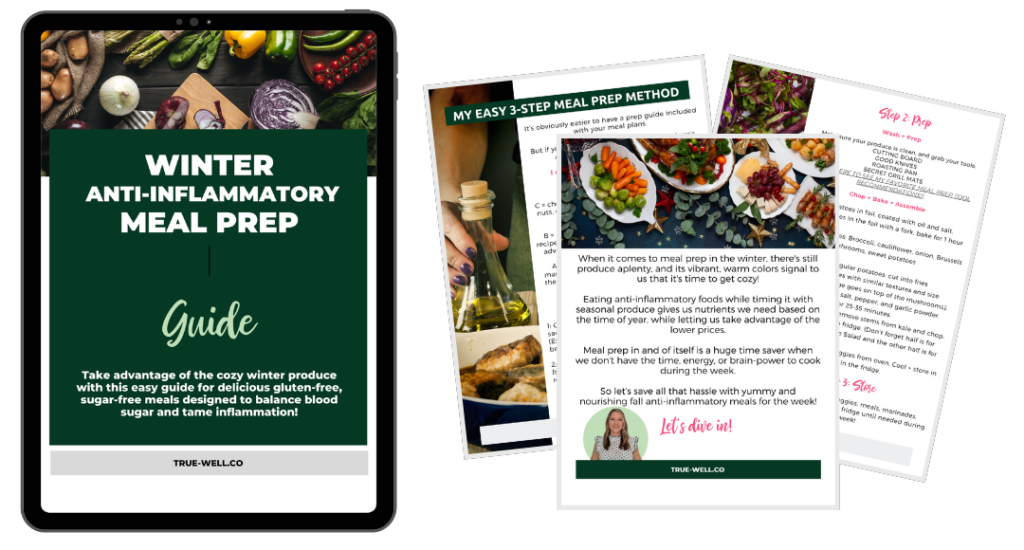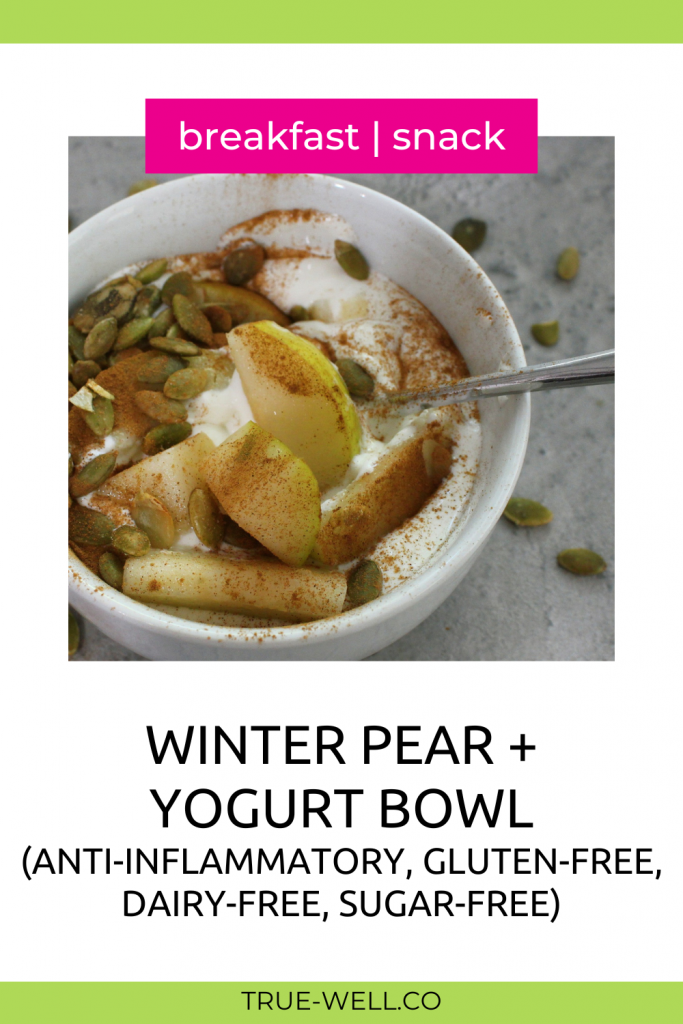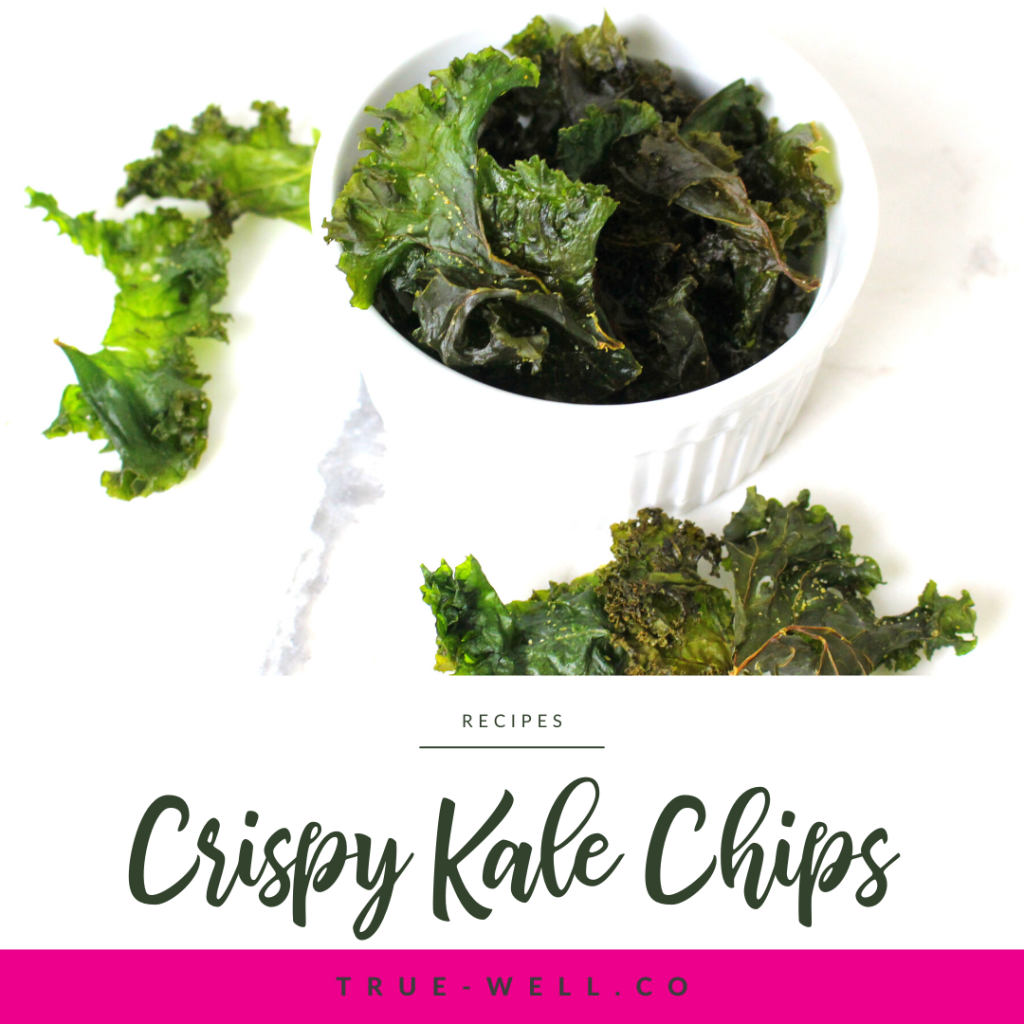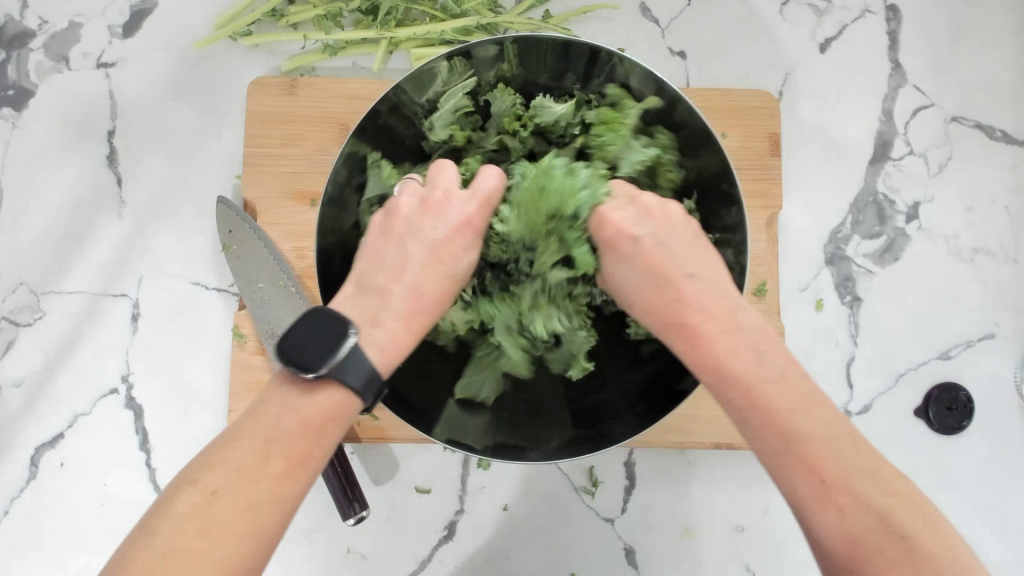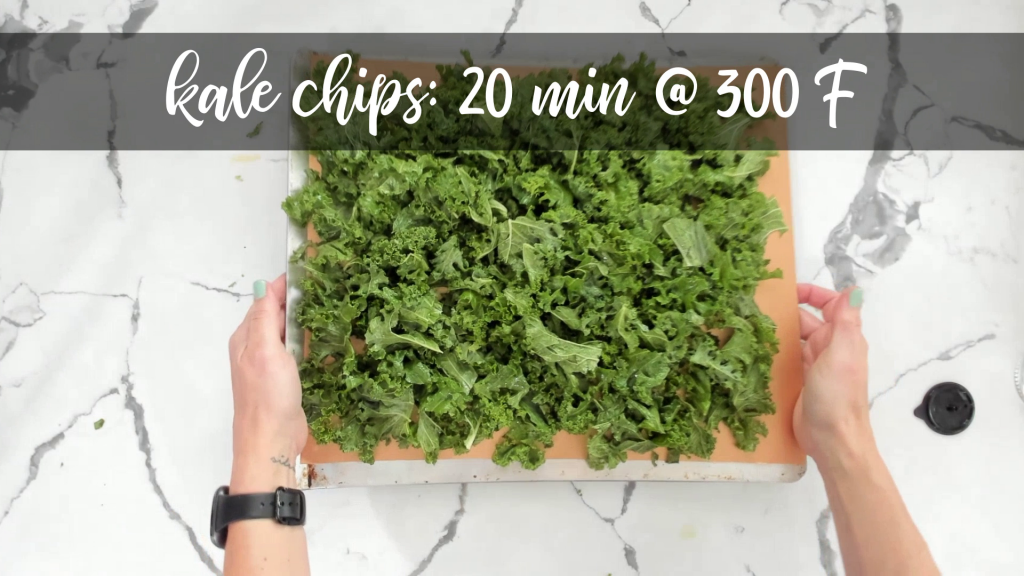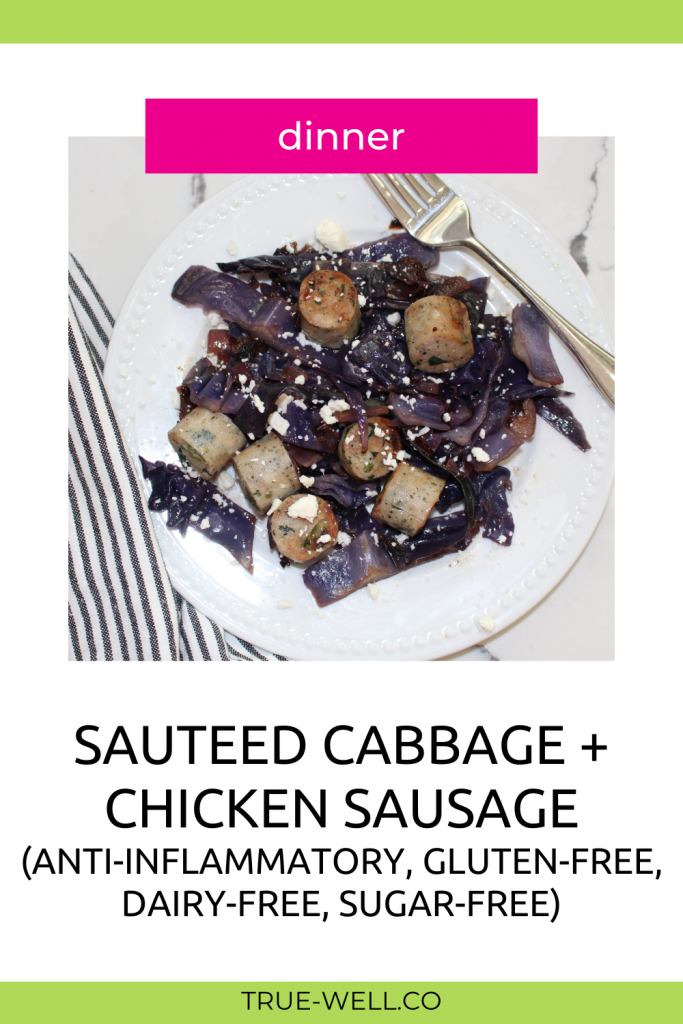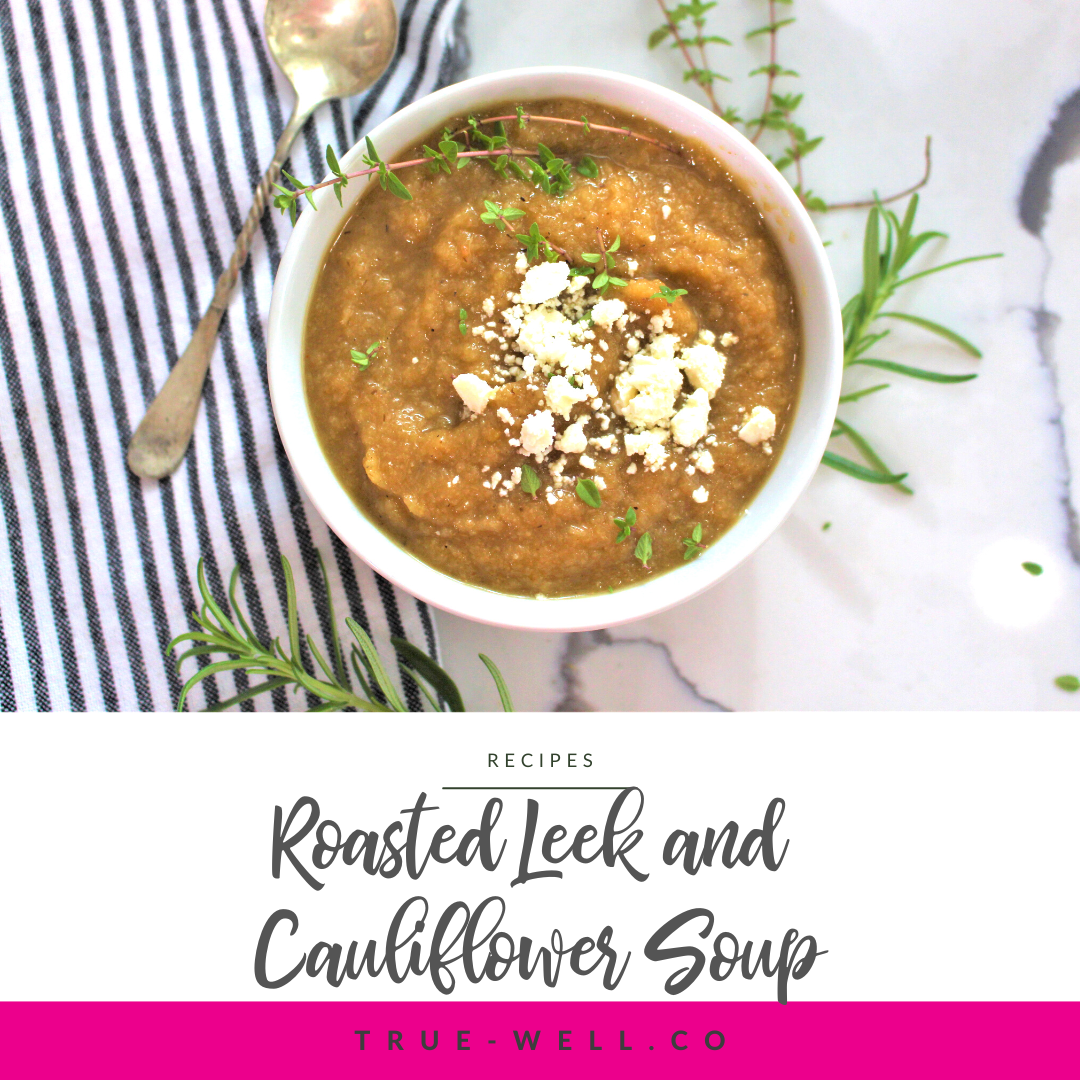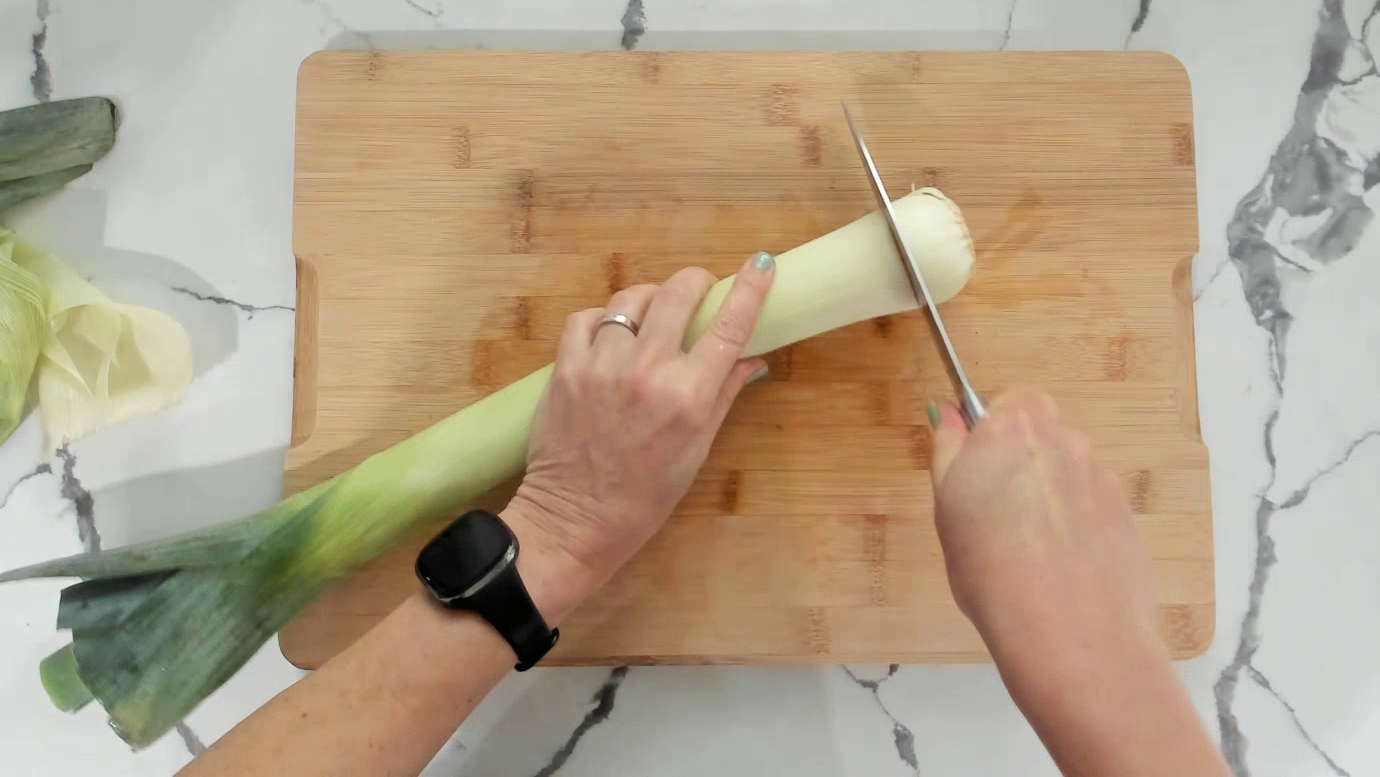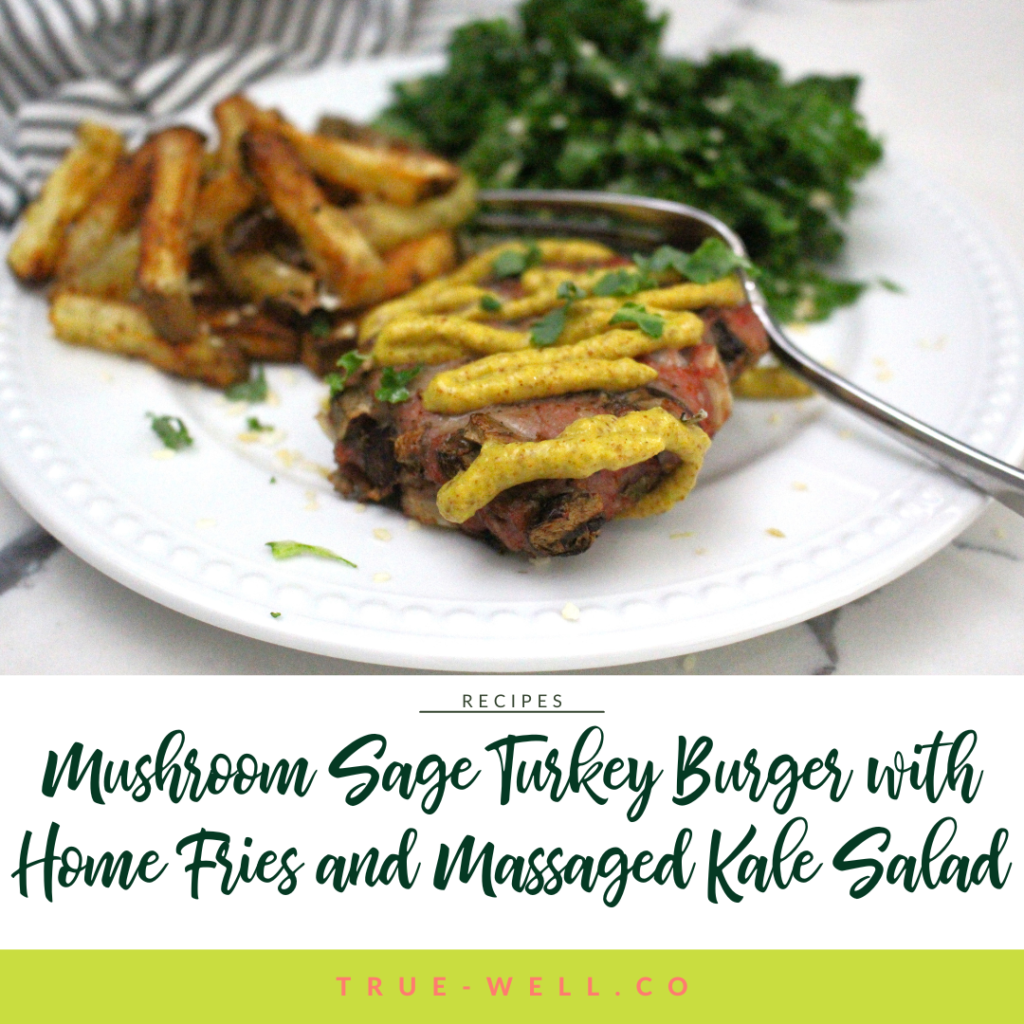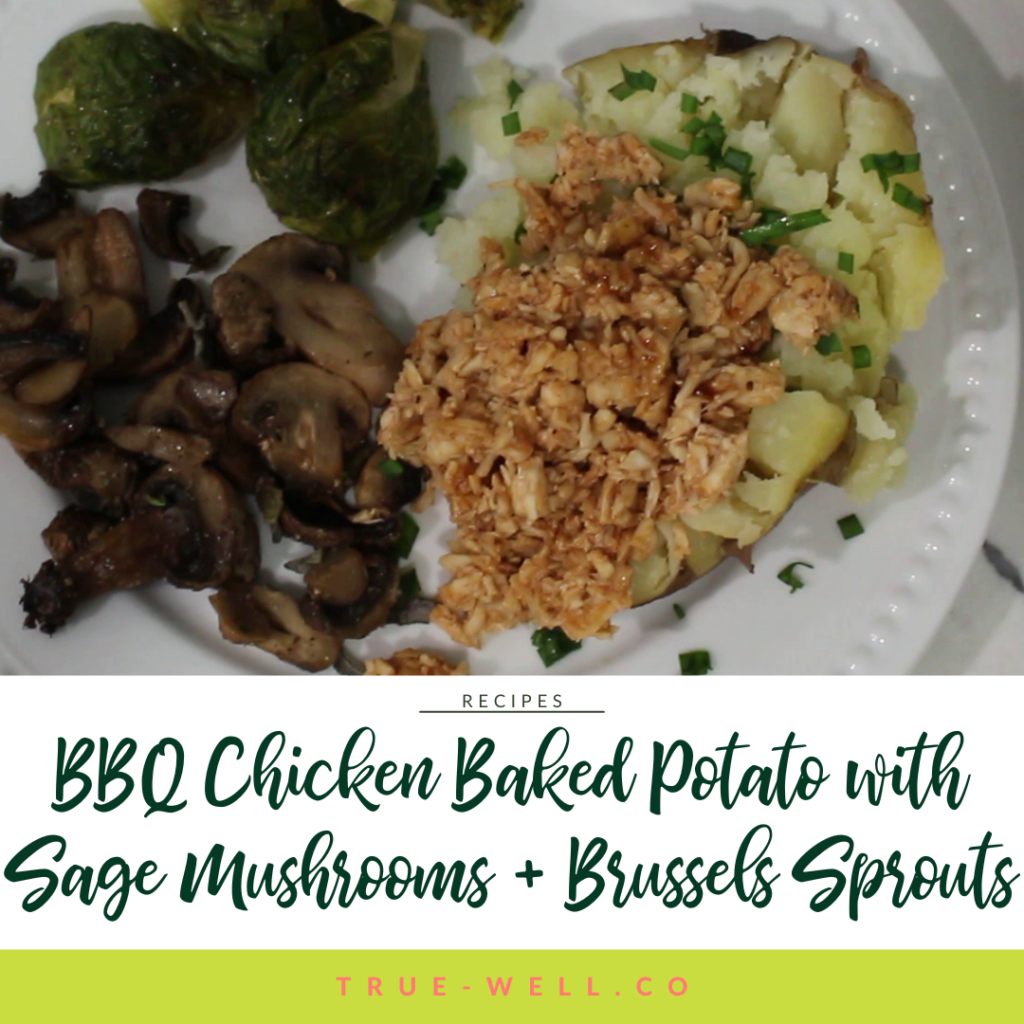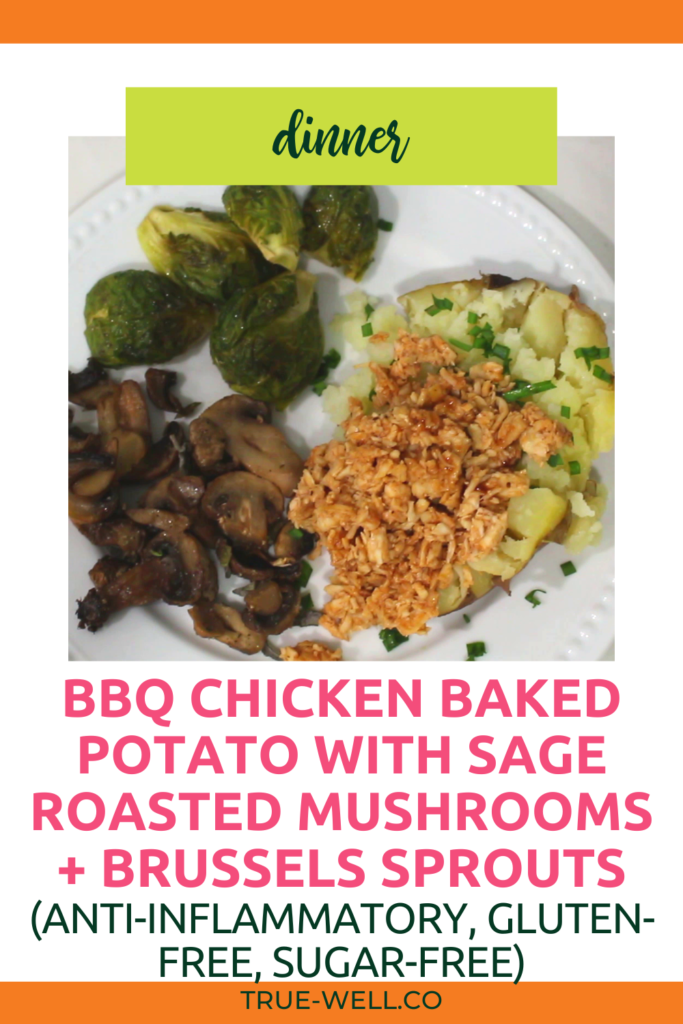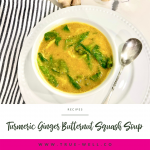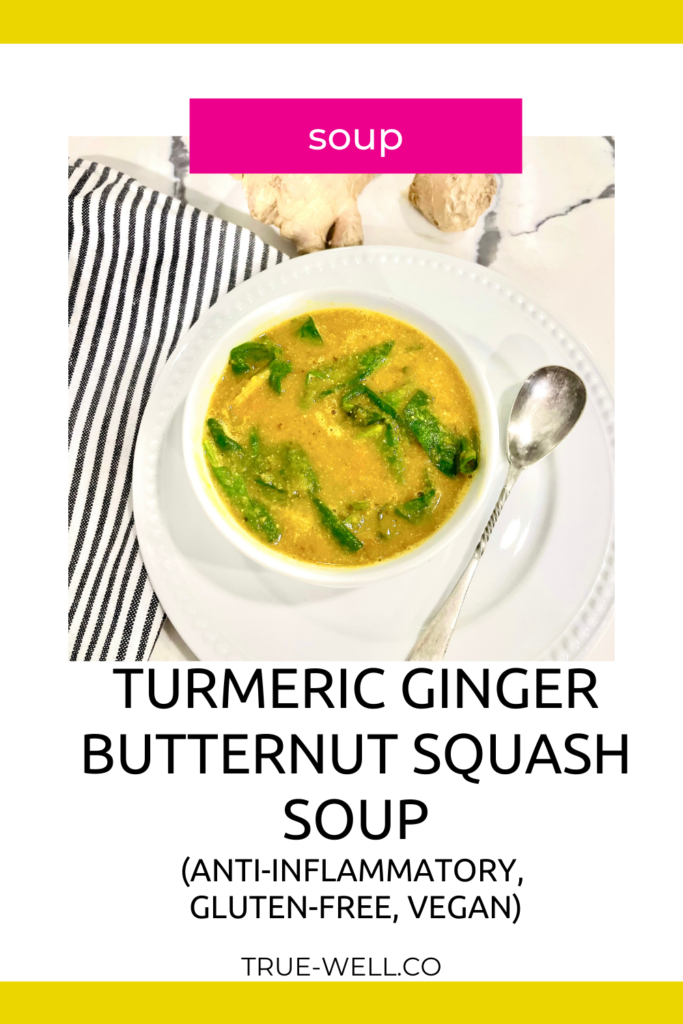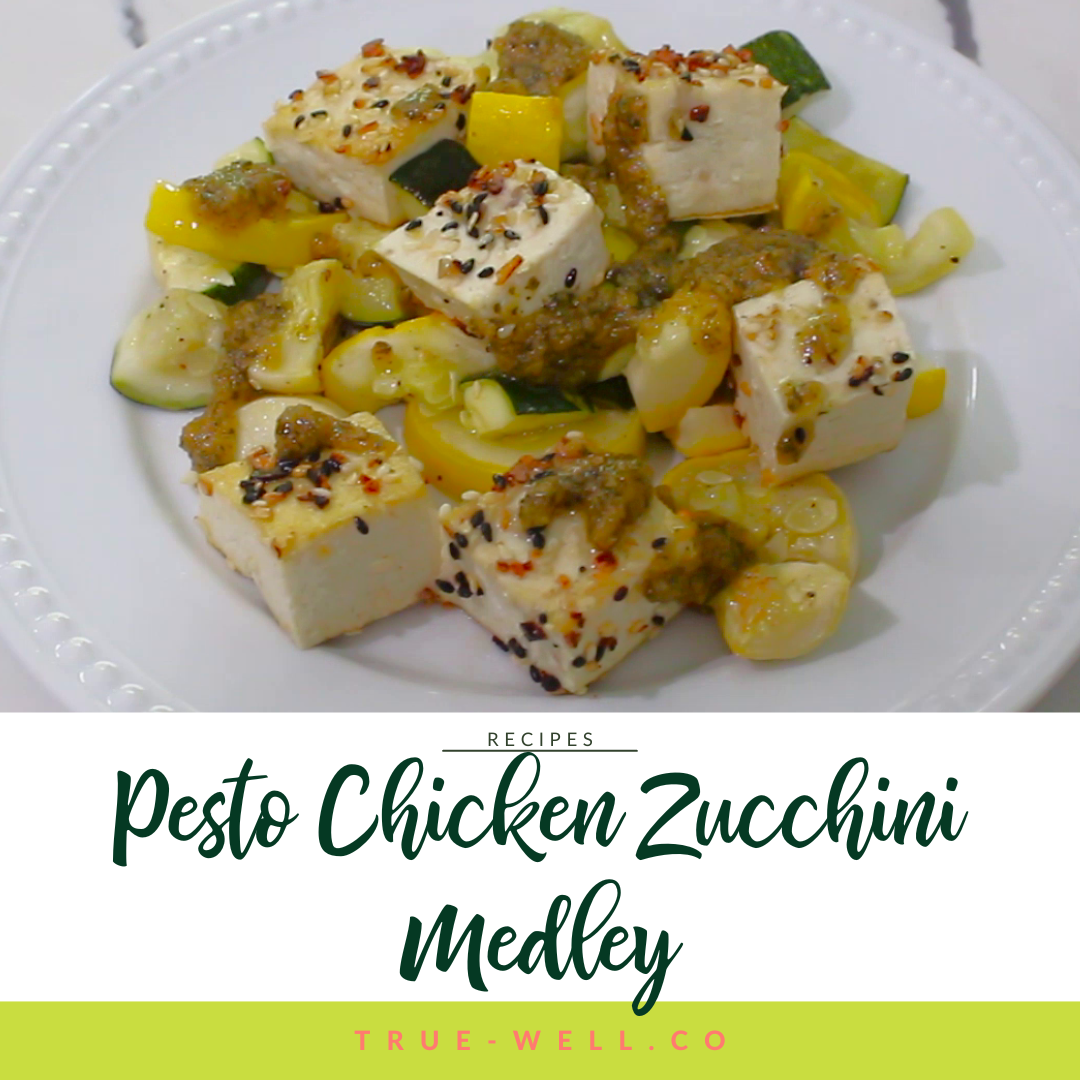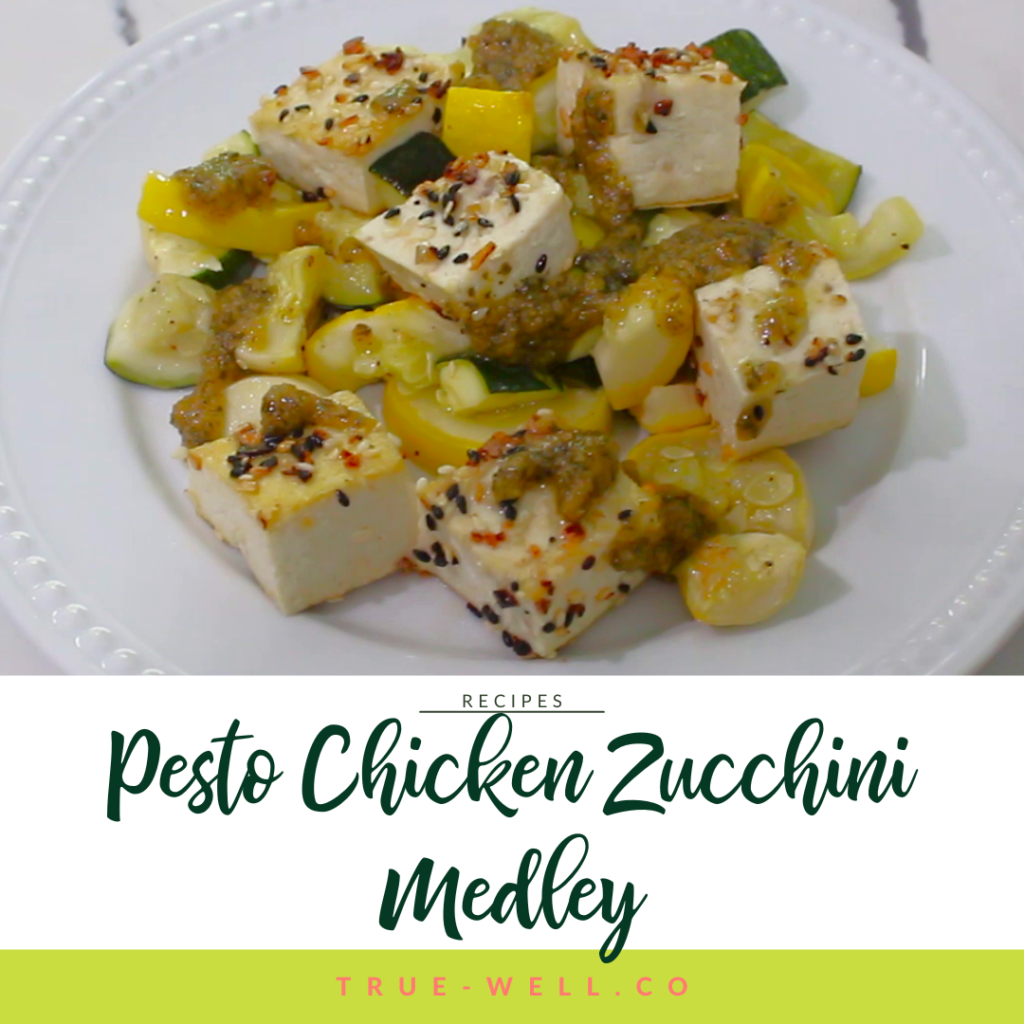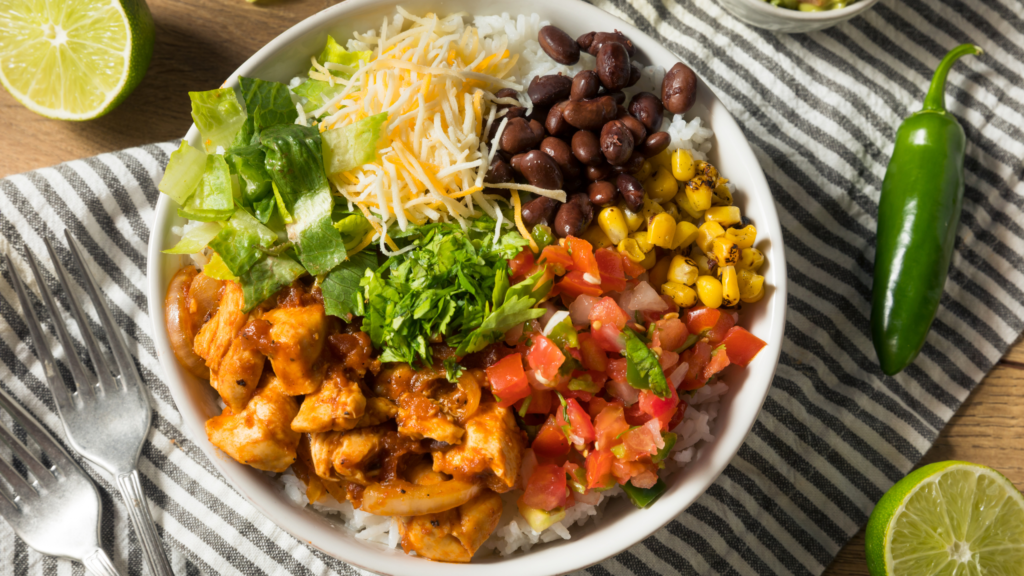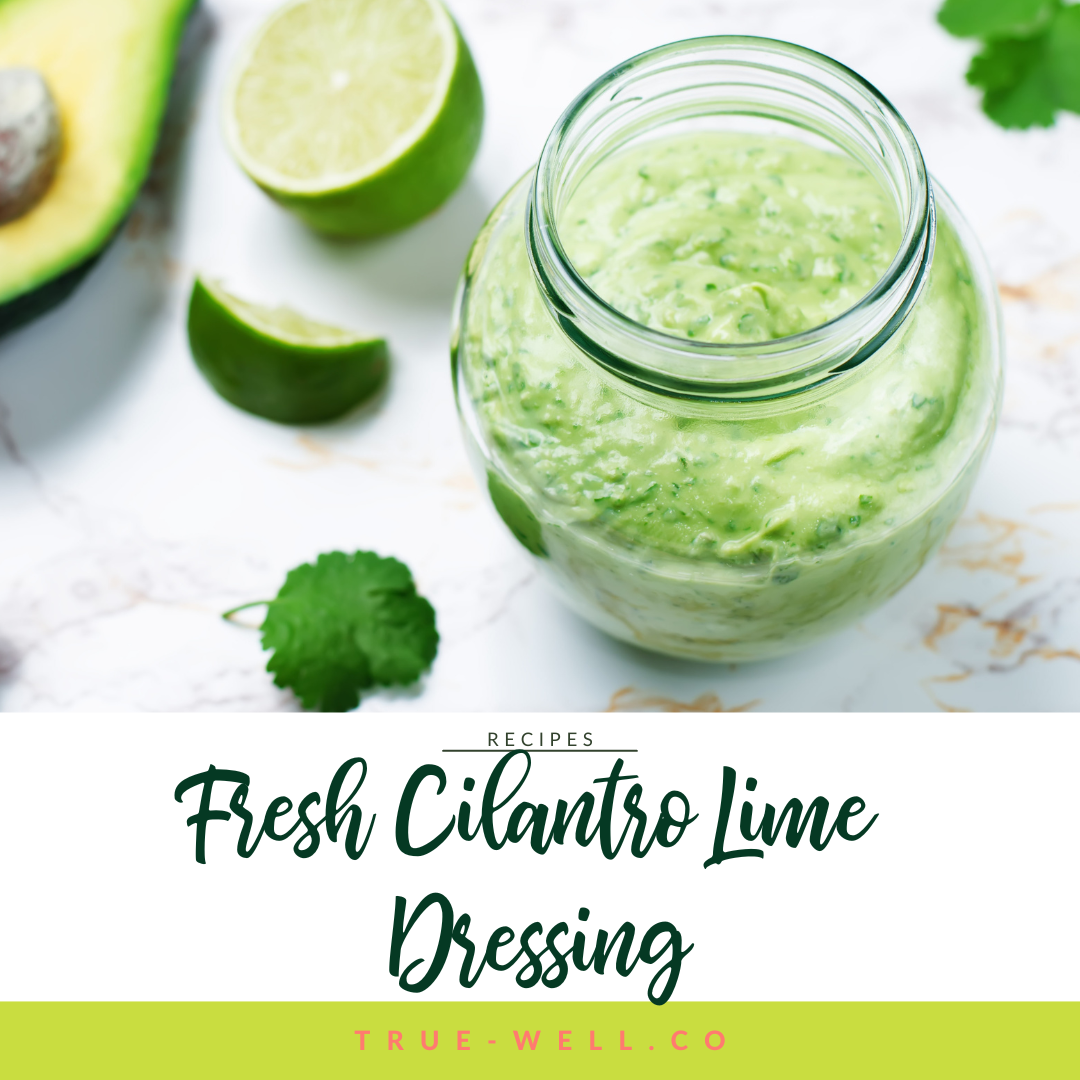The charcuterie board has become one of the biggest crazes on social media in the last couple years. I’d blame it on how gorgeous they can be… but I think after lockdowns and quarantine, the appeal may also have to do with the fact that they represent togetherness: If you’re building a board, you must be having a get-together.
And that’s what makes them so fun–having a way to entertain and feed guests at the same time! It also doesn’t hurt that there are literally a million ways to build a charcuterie board based on what season, holiday, or event is being celebrated.
That being said, most charcuterie boards have a few ingredients as staple items that are no good for those of us trying to live an anti-inflammatory lifestyle.
Especially since the definition of charcuterie revolves around cured meat products (even though nowadays we add on lots of other fun stuff, too!)
So here’s how to build a board that’s just as pretty and fun, while also keeping out the foods that send inflammation into overdrive.
What exactly makes this an anti-inflammatory charcuterie board?
Obviously the thing that will determine how anti-inflammatory your board is will be the ingredients that you add. These are normally the processed meats, breads, crackers, many of the dips or sauces (including honey), and some dairy additions.
The thing to remember about making a charcuterie board anti-inflammatory is that it’s made up of so many fresh ingredients that you can still make it gorgeous and fun without all the inflammatory no-go foods.
There are also (thankfully) enough substitutions for things like crackers and dairy-based dips to give us plenty of options that are A-OK on the anti-inflammatory diet.
So let’s get to it.
STEP 1: Choose your base
The very first step is choosing what your base will be. Since the word ‘board’ is in ‘charcuterie board’, you may automatically think you need a special board for this. Or even a cutting board (which is a good option).
But the truth is that you can expand this way beyond just a plain ole board.
Platters in various different shapes are great, cutting boards (wooden or stone are the prettiest for this), boards specifically designated for charcuterie, or even something more creative like a dough bowl. (I’ve even been seeing charcuterie boxes lately!) Honestly, the possibilities are endless.
Here are some great options:
*As an affiliate, I may receive a small portion of proceeds of any items you buy through these links, at no extra cost to you. However, I only recommend products I know or use, and love.
Large Acacia Charcuterie Board
You’ve surely even seen some of the spreads down the entire countertop. These are usually referred to as ‘spreads’, ‘tables’, or even ‘grazing tables’.
In that case, you may just need some butcher paper as your base. (Although even this larger cases I do still recommend having some boards and other platters to add visual interest.)
👉How to choose between a board, platter, or table? First think about how many people you’re feeding or entertaining. If it’s just a few, a smaller board or platter is perfect. 5-10 would be better served with a board. 20-30 people may warrant several boards or a spread.
There’s really no formal calculation on this, but just know that these boards are traditionally the thing people see when they walk in the door to your get-together.
Although they can be used as the option for sides at a meal, they’re normally used as appetizers before the main meal.
Since people love to graze, especially when having drinks and mingling, it’s highly likely the whole thing will be cleaned off by the end of your get-together.
STEP 2: Layering and levels
Different levels could work for smaller boards, but is usually best when you have a larger board, need a little extra space, or are doing a spread.
The best types of varying levels would be things like raised cake platters, or even a bowl upside down as a pedestal for a smaller platter to sit on.
Using layers can give the board a really interesting add-on while helping to delineate or highlight certain ingredients.
3-Tier Serving Tray Stand
For example, if you have some special ingredients for those with allergies or foods that contain alcohol that kids don’t need to partake in, special levels can designate those foods separately.
I’ve even used separate platters before to keep crackers away from the juices of the fruits and veggies.
STEP 3: Ingredients
Obviously the ingredients are the star of the show. Even though the goal here is an anti-inflammatory board, it should still be pointed out that most of your guests (if this is for a get-together) probably don’t eat by anti-inflammatory guidelines.
Discover My Unique 4-Pronged Approach to the Anti-Inflammatory Diet So You Can Get Started Immediately (Without Getting Overwhelmed or Cleaning Out Your Entire Pantry)
- Why a full-scale pantry clean out is NOT the best way to start your anti-inflammatory journey, and the steps you can take instead to make sure you’re fueling your body with foods that love you back
- The essential foods you MUST add into your diet if you want to nourish and heal your body naturally
- My anti-inflammatory shopping list so you can quickly fill your cart with the right foods (no googling in the produce aisle or wasting hours staring at ingredient lists)
When this is the case, don’t be afraid to add in ingredients that you don’t eat yourself. Most people appreciate the variety, even if you’re not eating some of those foods.
Another important thing to consider is the season or theme of the get-together (or board). Winter and fall themes probably shouldn’t include things like zucchini or summer squash while spring and summer themes wouldn’t include cranberries.
Fruit and Veggies
Unless the board is specifically for, say, pre-dinner vs dessert (meaning no fruit vs no veggies), I like to make sure I have a mix of half veggies and half fruit. I also add in lots of extra finger foods like nuts and sometimes seeds. These all work perfectly for an anti-inflammatory diet.
Cheese
Cheese can be ok if it’s organic, but it may be a good idea to keep it separate if you have anyone who can’t have dairy.
Cheeses that are great for charcuterie boards include mozzarella pearls and pre-sliced cheese that you can cut into different shapes if needed.
Triangular shapes are popular because you can layer pieces while shifting the directions, creating a super cool pattern. Soft cheeses like brie may be ok, but try to choose organic as well.
Nuts
Unless there’s a severe nut allergy, these can be a great way to add texture and variety. I recommend buying the kinds that are salted and roasted, and individual types, not mixed. (This allows easier flexibility in arranging them.)
Crackers and breads
Bread can be a tricky addition because slices can dry out quickly. It’s especially tricky when it’s gluten-free or grain-free because the slices are more crumbly and hard to manage.
If you include bread, I do recommend pre-slicing it so that the guest line can move along quicker and nobody has to handle a knife.
I personally don’t usually include breads just because they can be tough to deal with when I have so many other things going on as the hostess.
But if you really want to include it (or just try out some yummy grain-free bread!) I recommend the Simple Mills brand:
Crackers are usually a fun addition because you can use them to separate sections on a board, and they come in different shapes to add visual interest.
Gluten-free or grain-free are a little more limited in variety, but can be just as fun!
I’ve recently found these grain-free crackers that are yummy and have just enough crunch to satisfy:
Protein
As said before, processed meats are a definite no-no on an anti-inflammatory diet. So if you choose to leave them out, you can still always add chunked-up grilled or baked chicken, steak bites, or even tuna.
There are some brands now that are uncured, so this may even be an option. If you do opt to have processed meats, I still recommend choosing organic.
Eggs are also a really great protein option. Boiled, that is. (Unless you’re doing a breakfast or brunch board, in which scrambled can still work too.)
Deviled eggs are becoming a popular addition as well since they’re cooked, prepped, ready to go, and usually super yummy.
Sauces and spreads
Any anti-inflammatory sauces, spreads, or condiments will probably have to be homemade as most store-bought versions are full of inflammatory oils, preservatives, and non-organic dairy.
Some good options for these include hummus, bean dips, and homemade versions of dips or dressings for dipping veggies.
Honey has sugar, sure, but it can be a nice add-on for others. I always recommend raw and organic.
Fruit spreads are also a favorite as they pair well with cheeses and crackers. It can be hard to find sugar-free versions that also don’t have artificial sweeteners. So if you’re going for anti-inflammatory just for yourself, you may need to whip this one up yourself.
Consider color
Since one goal of the charcuterie board is to sit and be gorgeous, an important thing to consider when choosing your ingredients is color.
Some boards vary color throughout the board, while others have distinct color groupings.
💡 Think about how you want to arrange the board, or the colors you may need to emphasize before making final choices on ingredients to go on the board.
For example, I did a 4th of July board last year that distinctly moved from red to white to blue. This meant that I didn’t include ANYTHING that was green.
STEP 4: Design and place
The most fun part of a charcuterie board is designing it, then placing all the ingredients!
Designs can be literally anything, but the most eye-catching ones usually follow any of these patterns:
- Linear separations
- Symmetrical design
- Color groupings
- Balanced color through the board
- Randomized texture
Basically, don’t just put stuff willy-nilly on the board. Have a visual plan in place and follow it, adjusting as needed.
And don’t forget to place your levels as you go as well (like the tiered cake platters.)
STEP 5: Containers
This step is needed for any sauces or condiments, but it’s also a neat visual add-on for things that are small and may need to be contained (like nuts or seeds.) I even use them sometimes for olives since they’re sometimes covered in oil or brine.
Using small containers like ramekins is perfect, but I’ve even seen other fun stuff like cupcake papers or silicone cupcake wrappers. Just make sure the spacing is random or proper spacing throughout the board or table.
Geometric Porcelain Ramekins
Wooden Acacia Serving Bowls
Scalloped Stoneware Ramekins
An art professor in college once pointed out that the goal of any piece of art is to encourage the eye to move around the total piece, not just focus on one thing. This is the same concept with charcuterie boards. You may have a main focal ‘part’, but you want the entire thing to be visually appealing.
STEP 6: Decor and garnish
I think this is the most fun part, because it speaks to whatever season, holiday, or event you’re celebrating!
Decor and garnish can be as simple as letters or numbers cut out of cheeses, as easy and natural as flowers from your yard, or as themed as paper or plastic cutouts and do-dads you’ve purchased specifically for this get-together.
Garnish can also be as simple as fresh herbs.
The possibilities are endless.
These, too, should be spaced out so they make sense visually and continue to encourage eye movement around the board.
STEP 7: Plates and serving
Plates are necessary for charcuterie serving, but make sure that you pay attention to the types of foods you have as well.
- Do you need spoons to scoop anything?
- Are there soft cheeses or spreads that require a knife?
- Would toothpicks be the obvious choice for some of the foods (like olives)?
- Would little serving forks be best for spearing things?
Make sure you have appropriate serving pieces to make things easy. (And don’t forget the napkins! 😉)
20 Piece Large Serving Set
Charcuterie Board Utensils
STEP 8: Timing
I’ll be the first to warn you that making a charcuterie board can take a while!
That being said, you want to try to time the finished masterpiece with when your guests arrive (unless you have a large enough fridge to accommodate until then.)
Just remember that the last thing you want is a food poisoning situation from foods that have been out too long because you made the thing first thing in the morning when guests didn’t arrive until late afternoon.
I will sometimes place the tiered platters and ramekins, then arrange the nuts and crackers earlier. Then when it’s closer to time for guests to arrive I’ll place the cold items and garnish with decor right as people arrive.
If it’s just a board I’m making for us at home, the kids will NOT let me do it alone! So it’s actually a kind of cool time to spend together creating something pretty we can eat when we’re finished. 🥰
~
Charcuterie boards can be a super fun way to add spark and interest to your food choices at any get-together! (I still have friends who talk about boards I’ve done on various holidays.)
But admittedly, it can be a challenge to create one that’s anti-inflammatory. Don’t despair, though–it CAN be done!
Check out my other charcuterie boards and get the ingredients lists and charcuterie platter ideas of your own! 👇
The ‘Easter’ anti-inflammatory charcuterie platter:
The ‘Spring Anti-Inflammatory Charcuterie Board’:
The ‘Summer Anti-Inflammatory Charcuterie Board’:
And hit me up on Insta! Post your charcuterie board and tag me! @truewell.co
💖

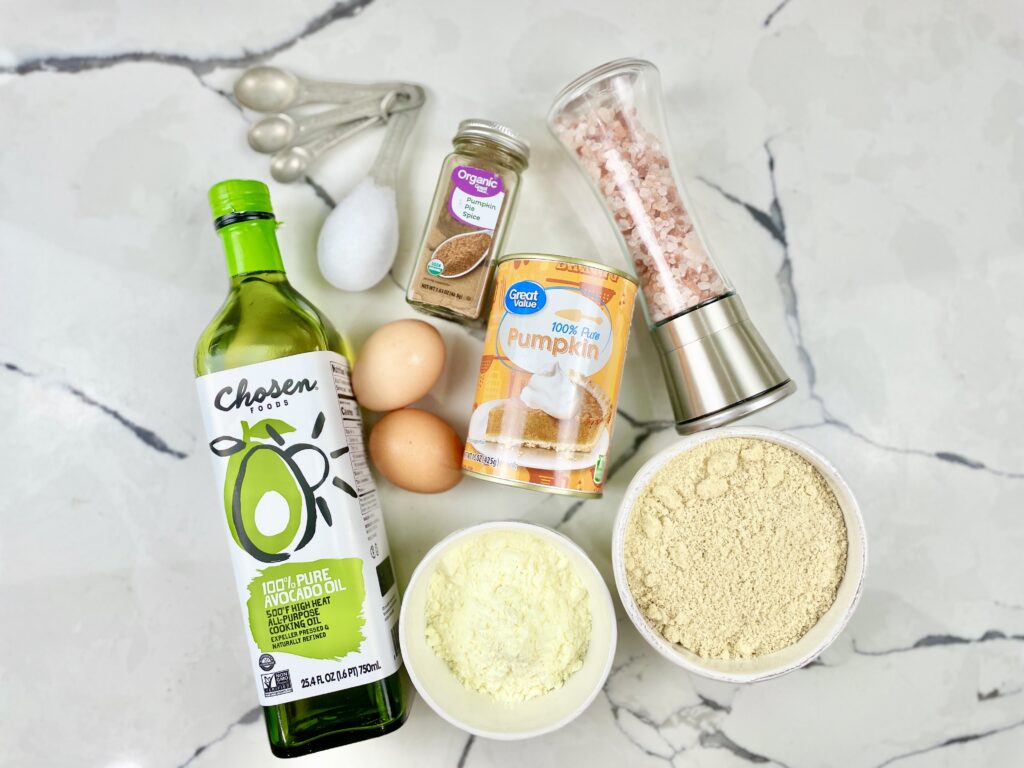
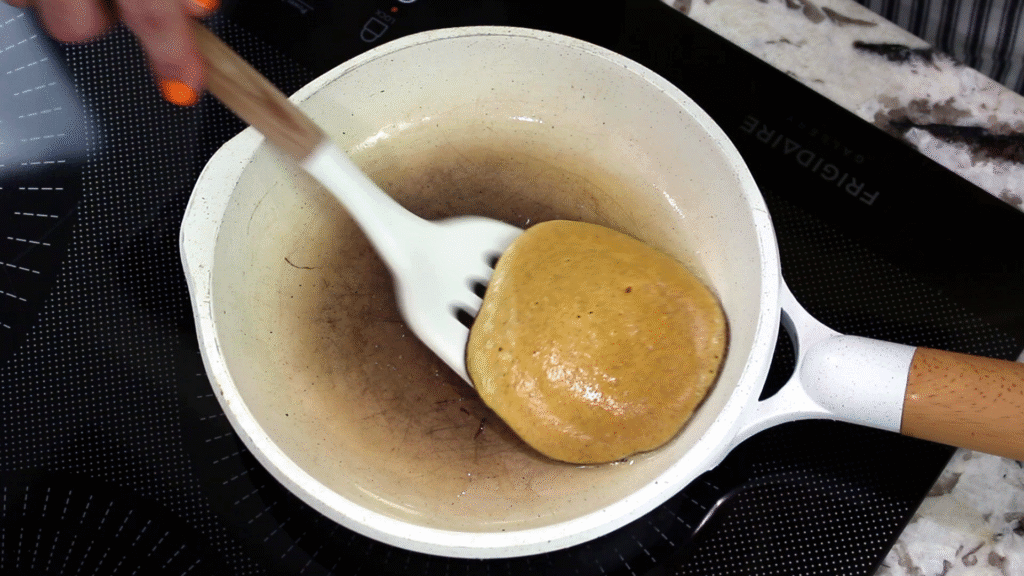
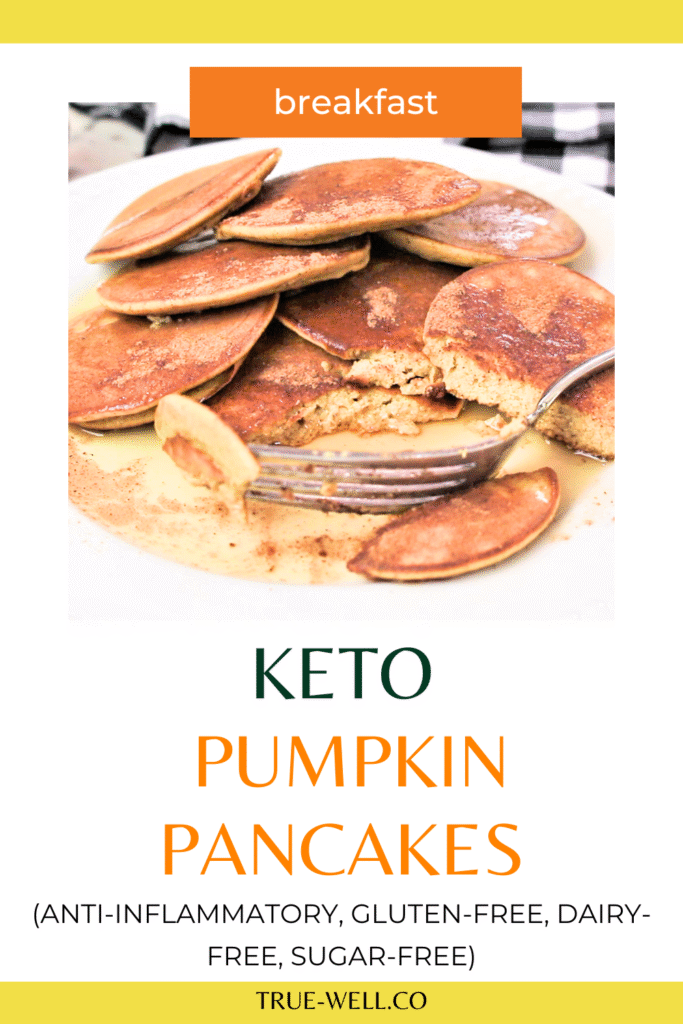
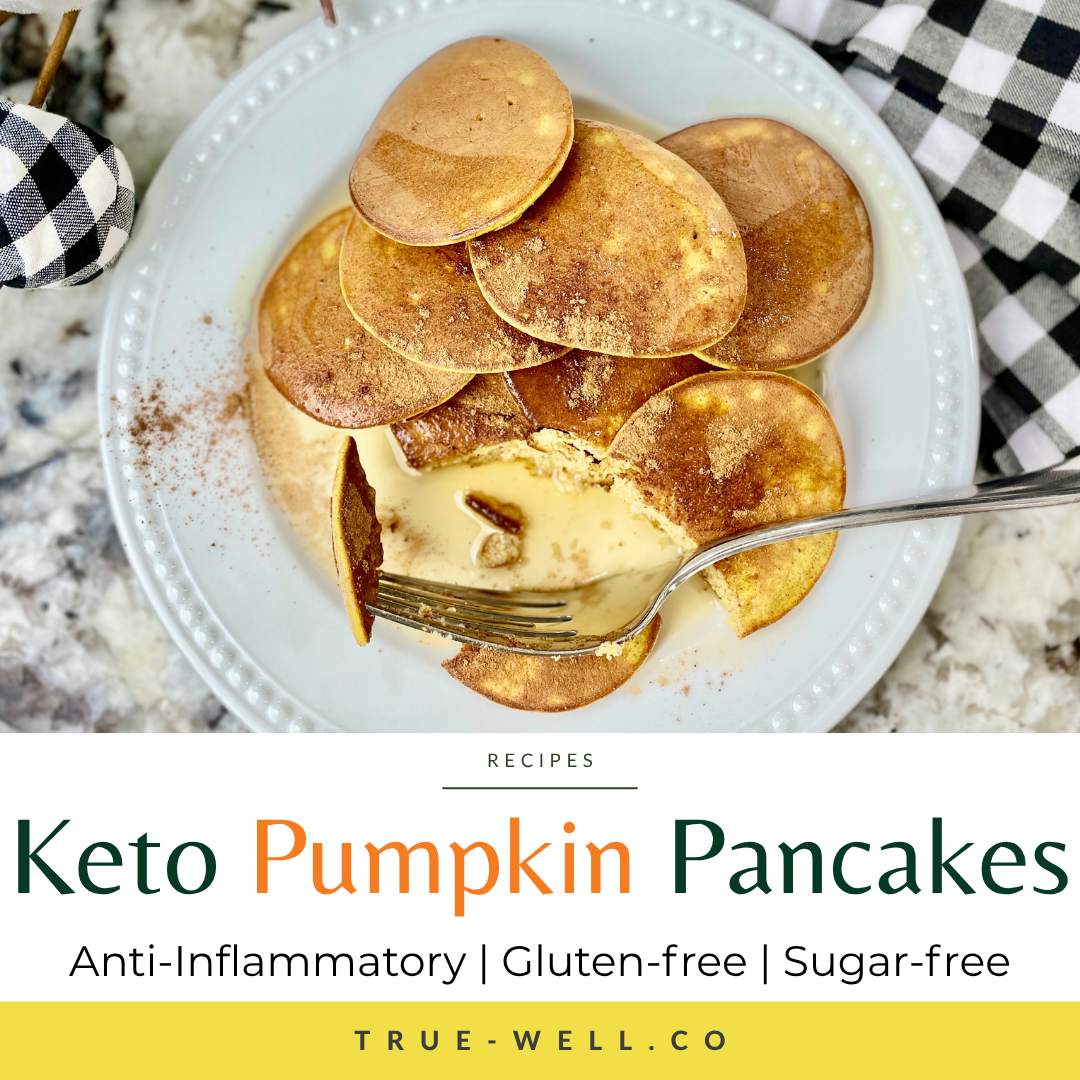

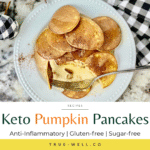

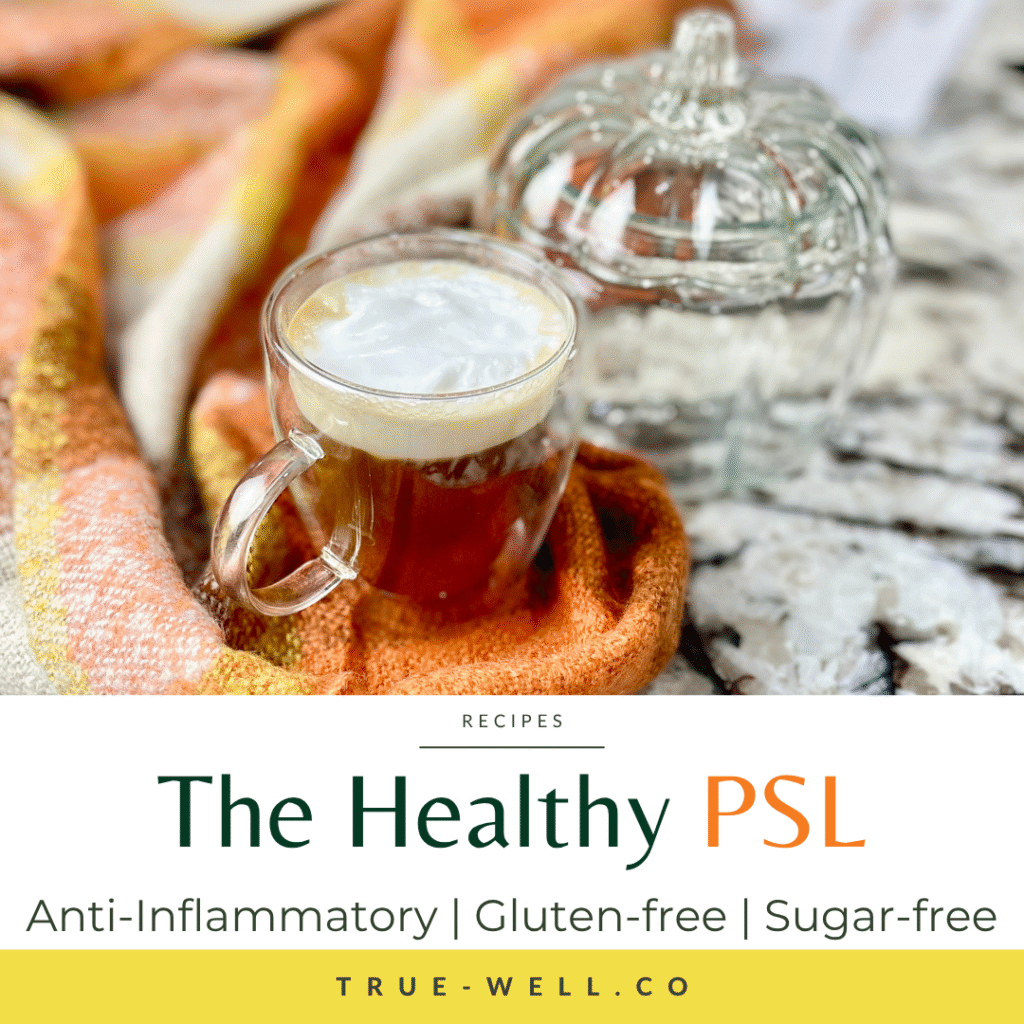
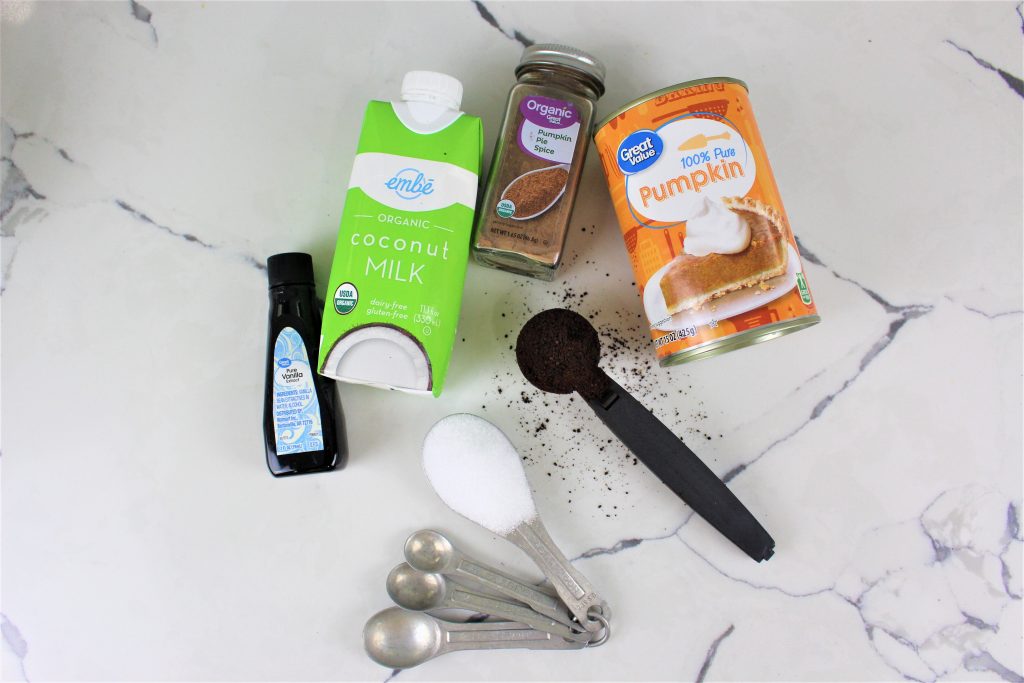
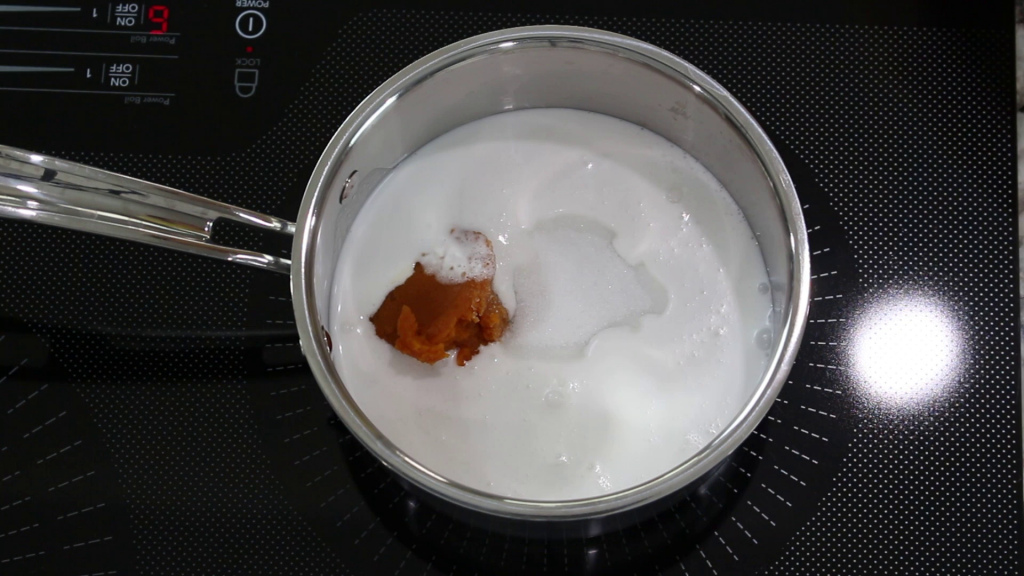




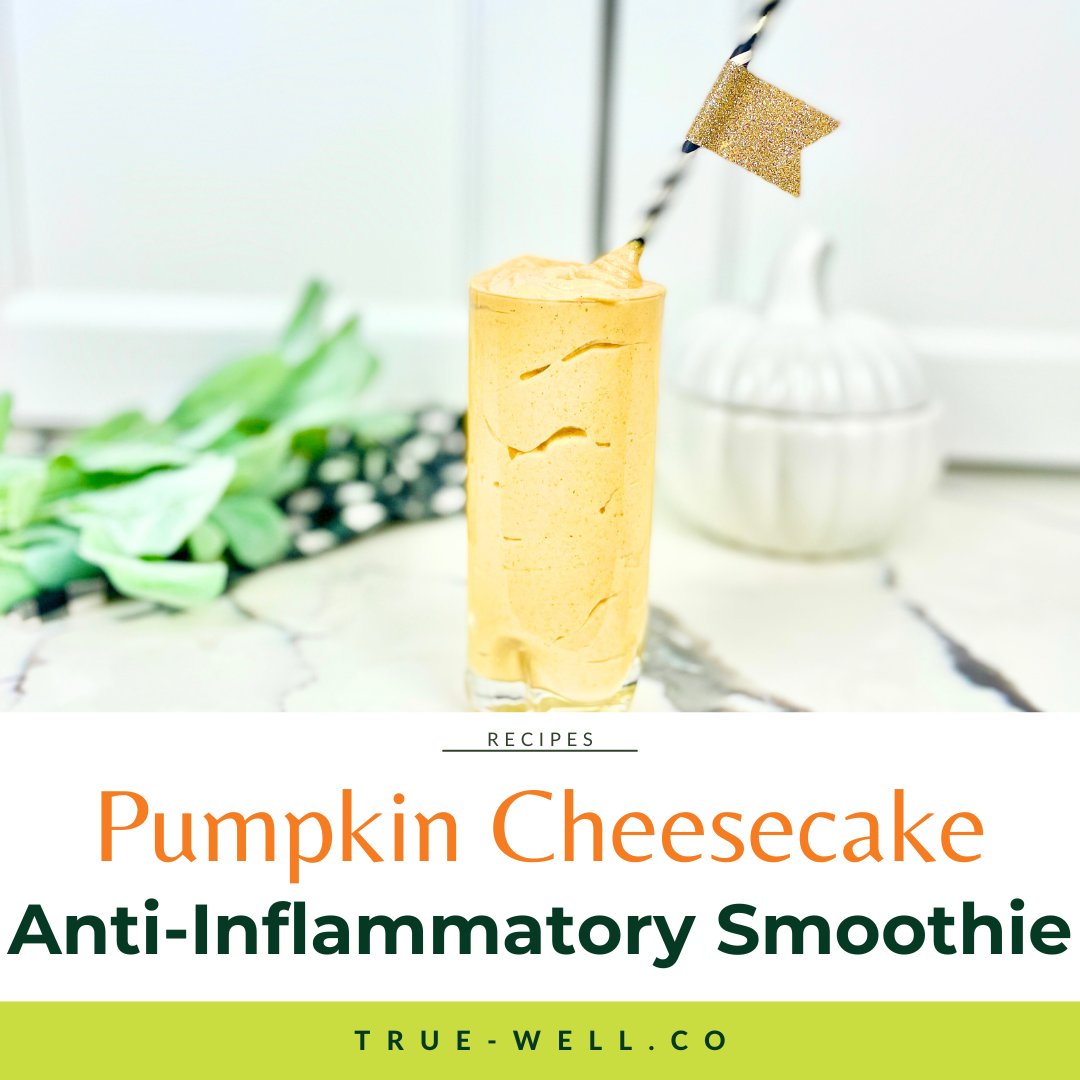
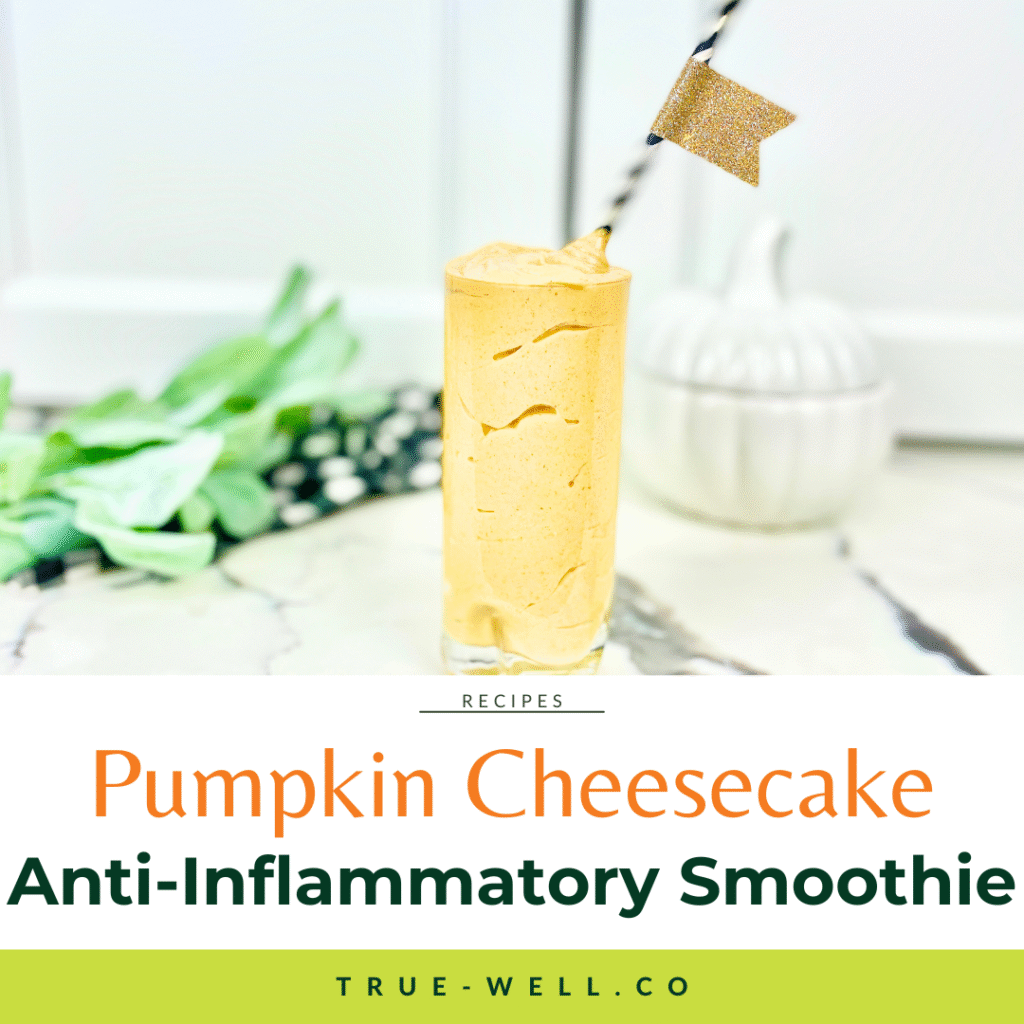






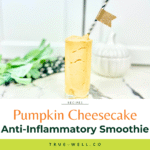
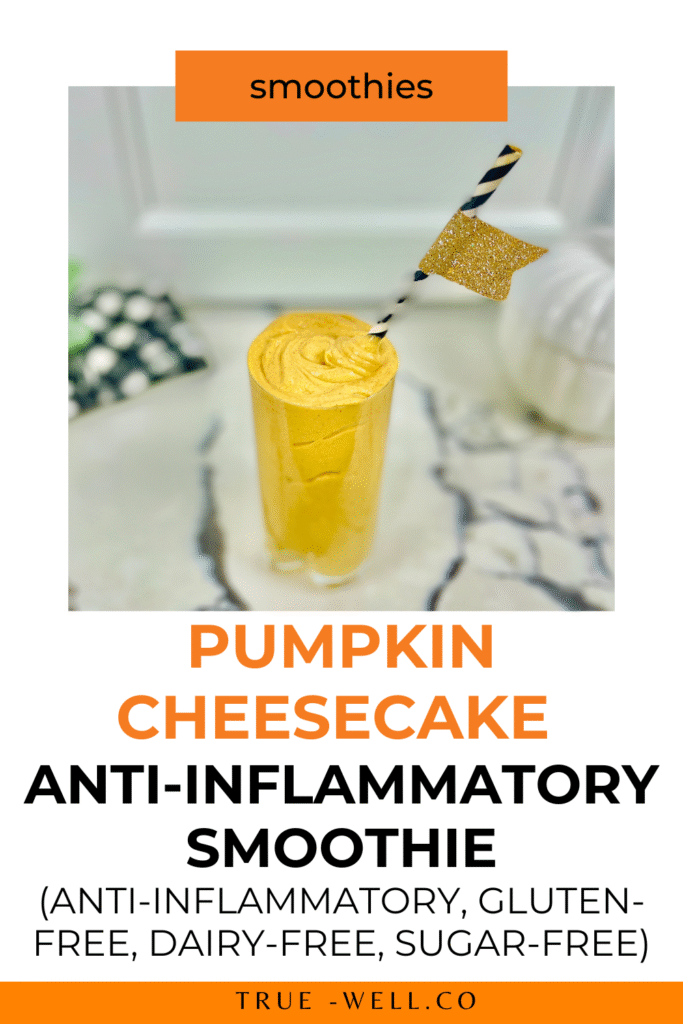


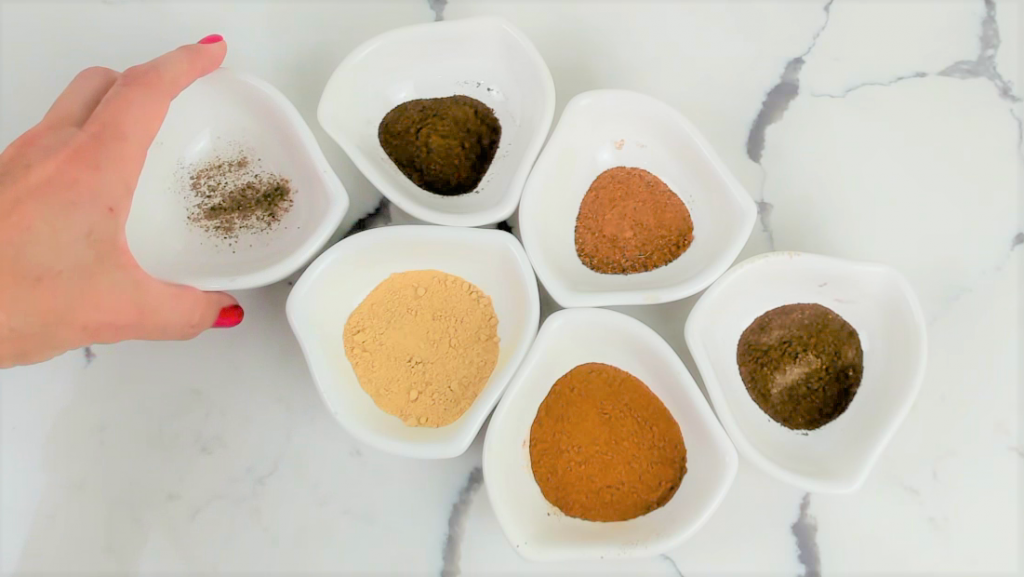


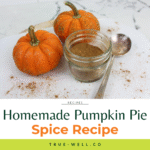
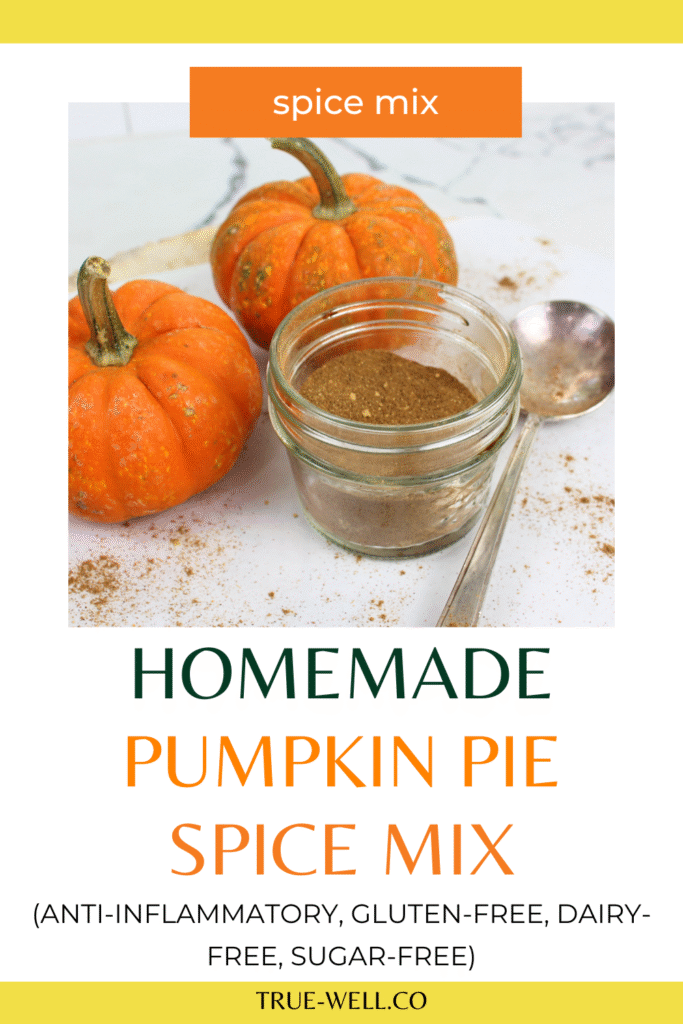
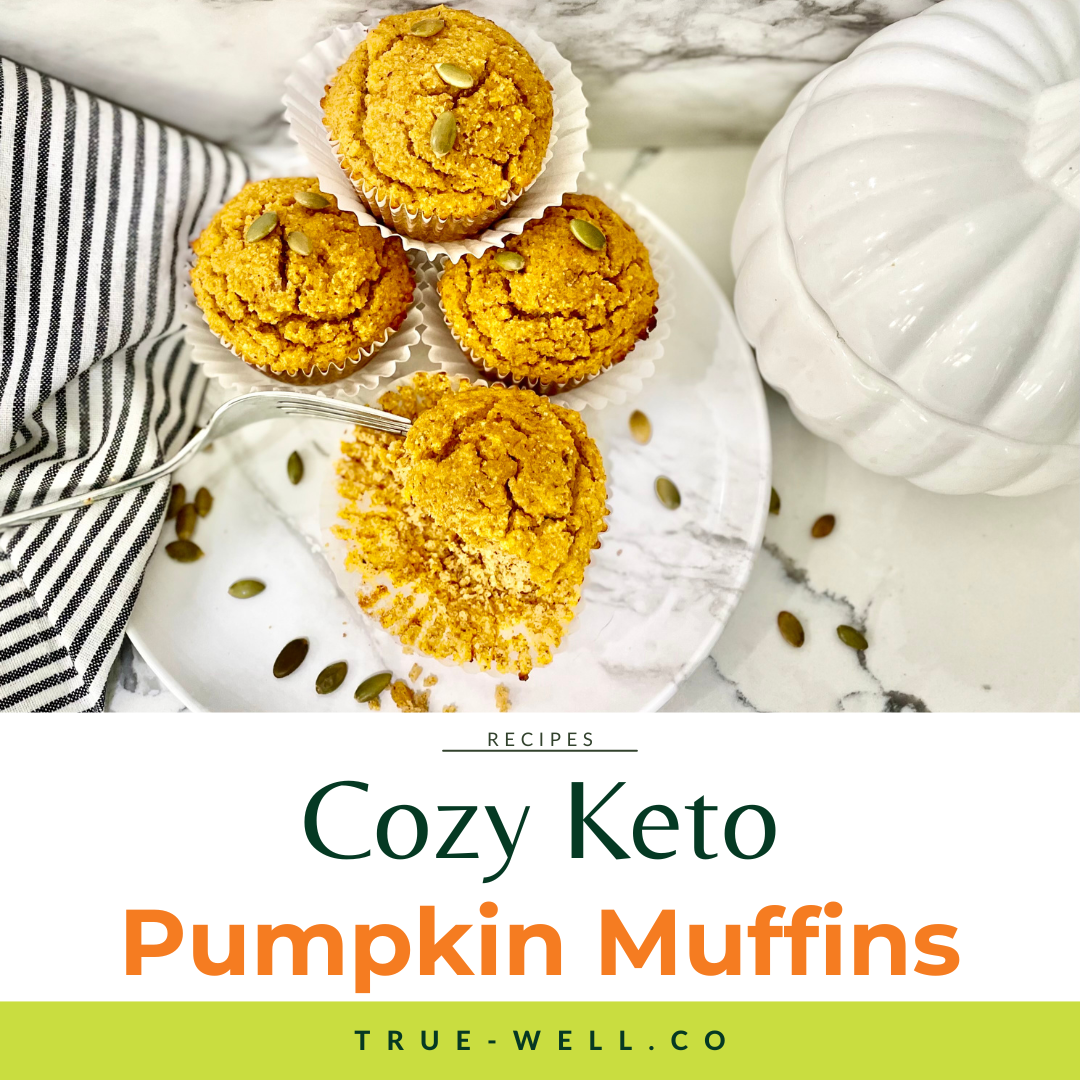
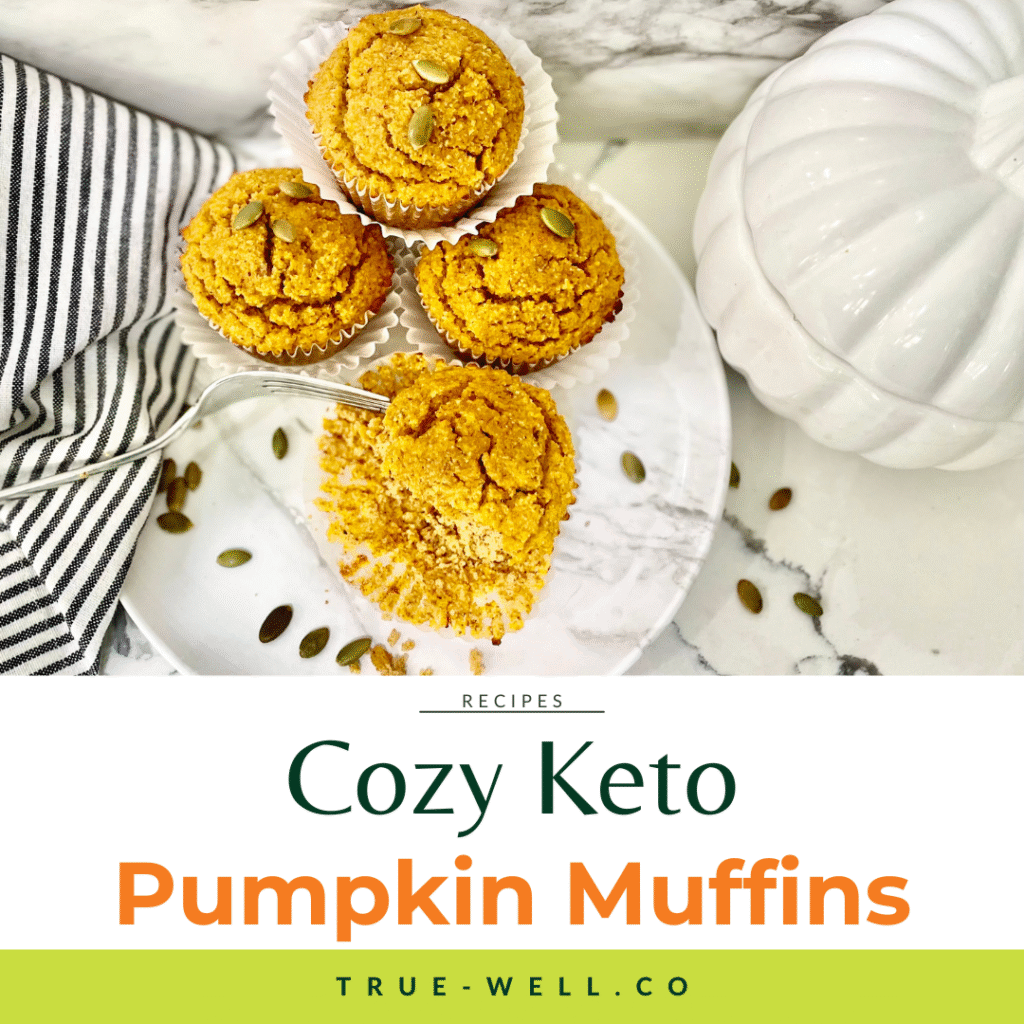


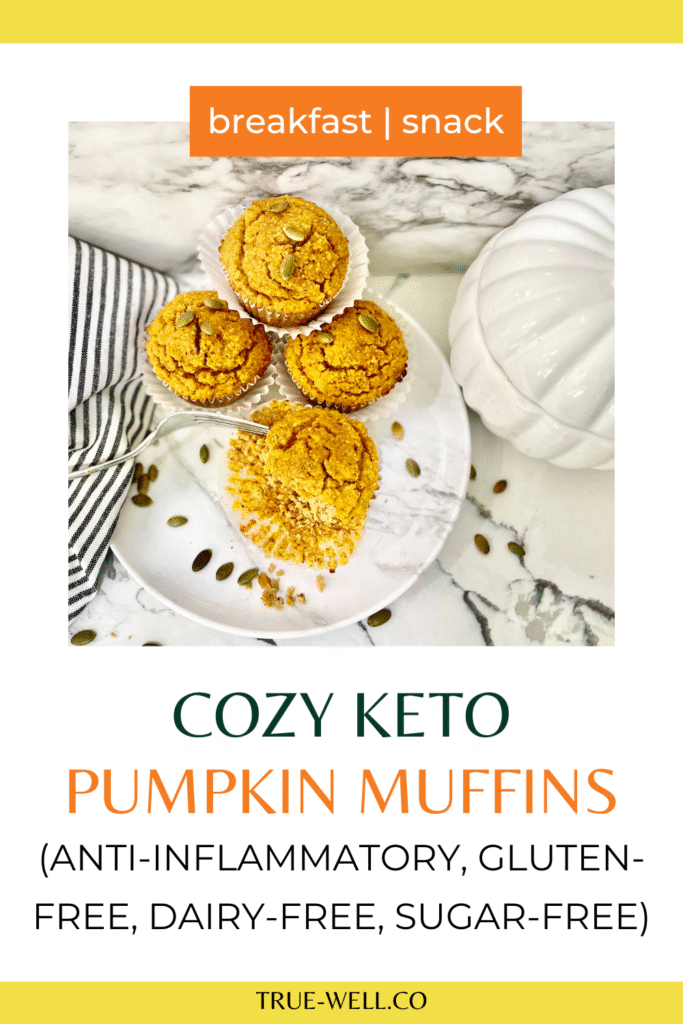
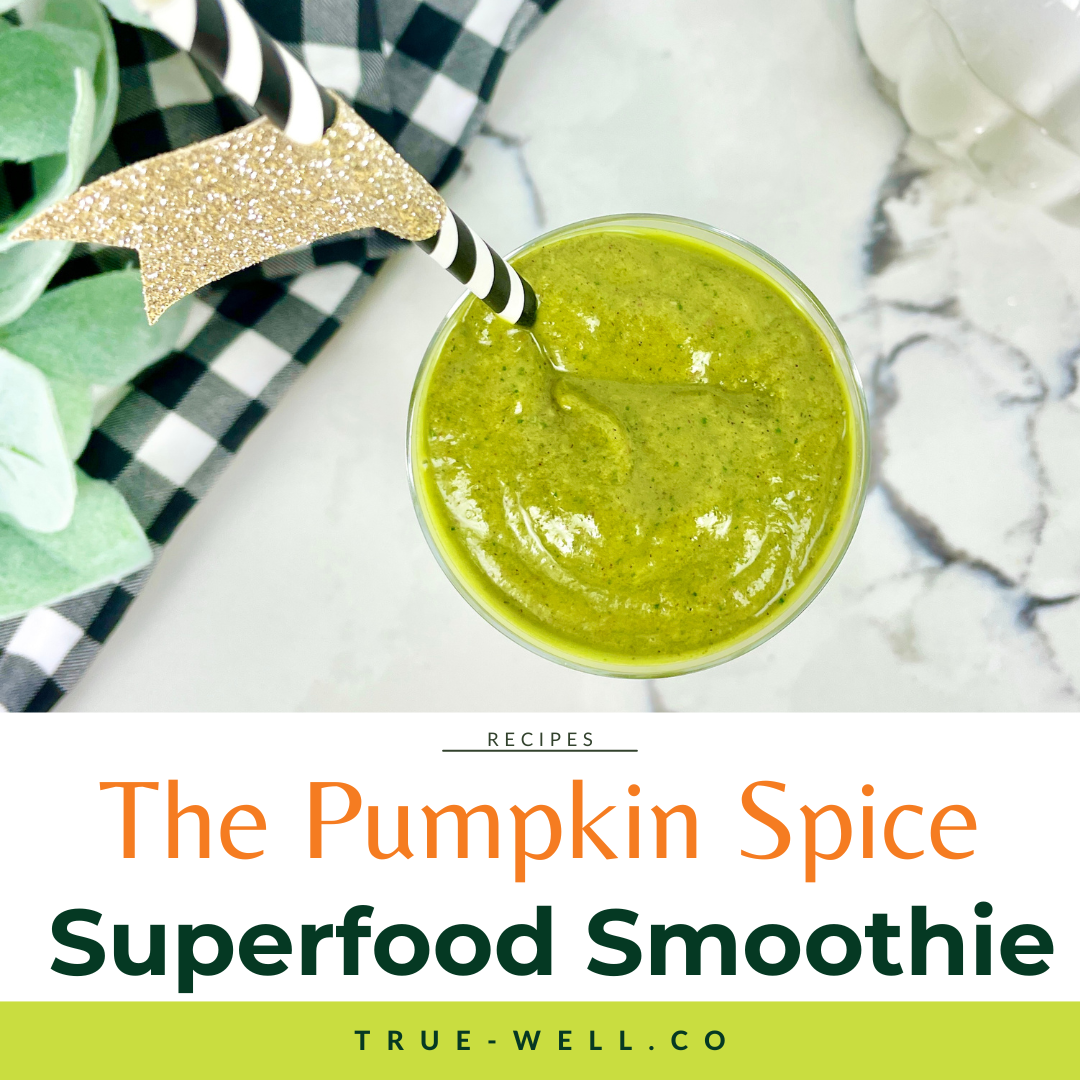
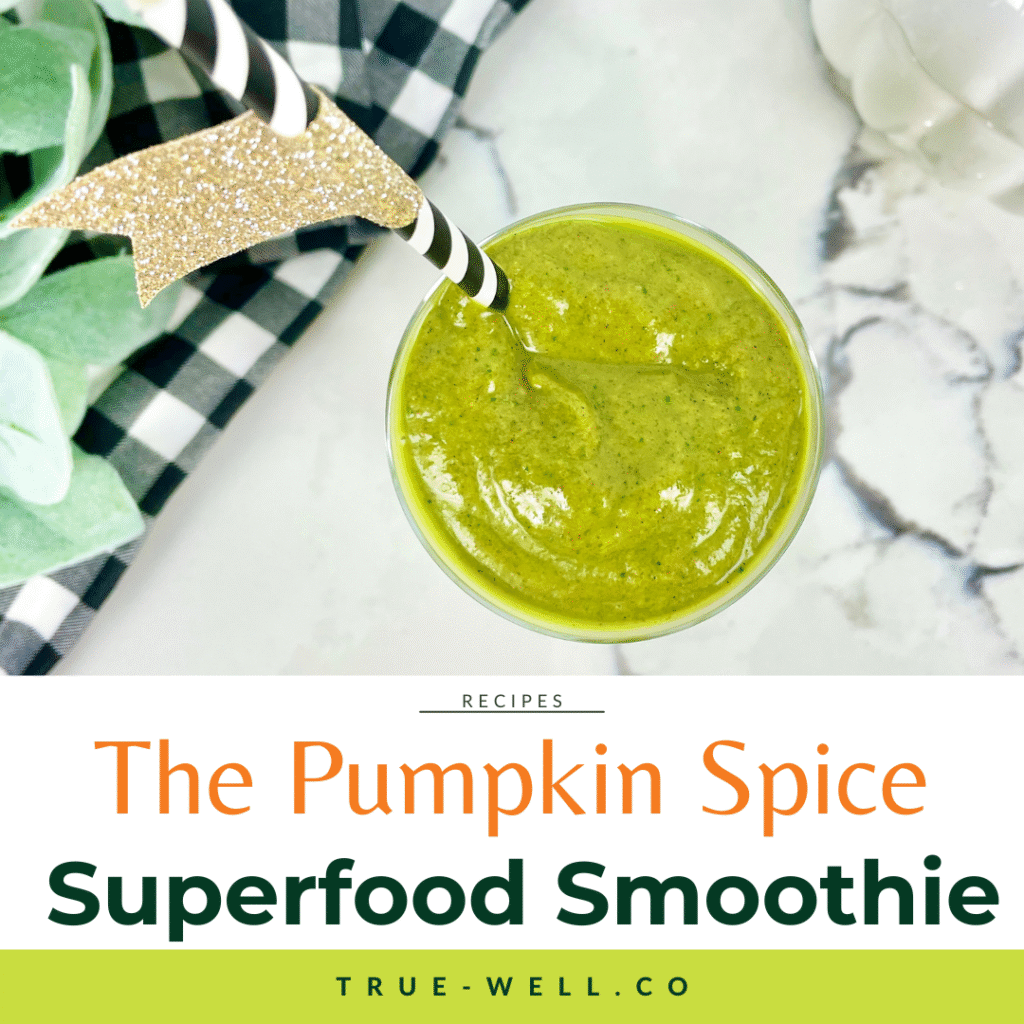
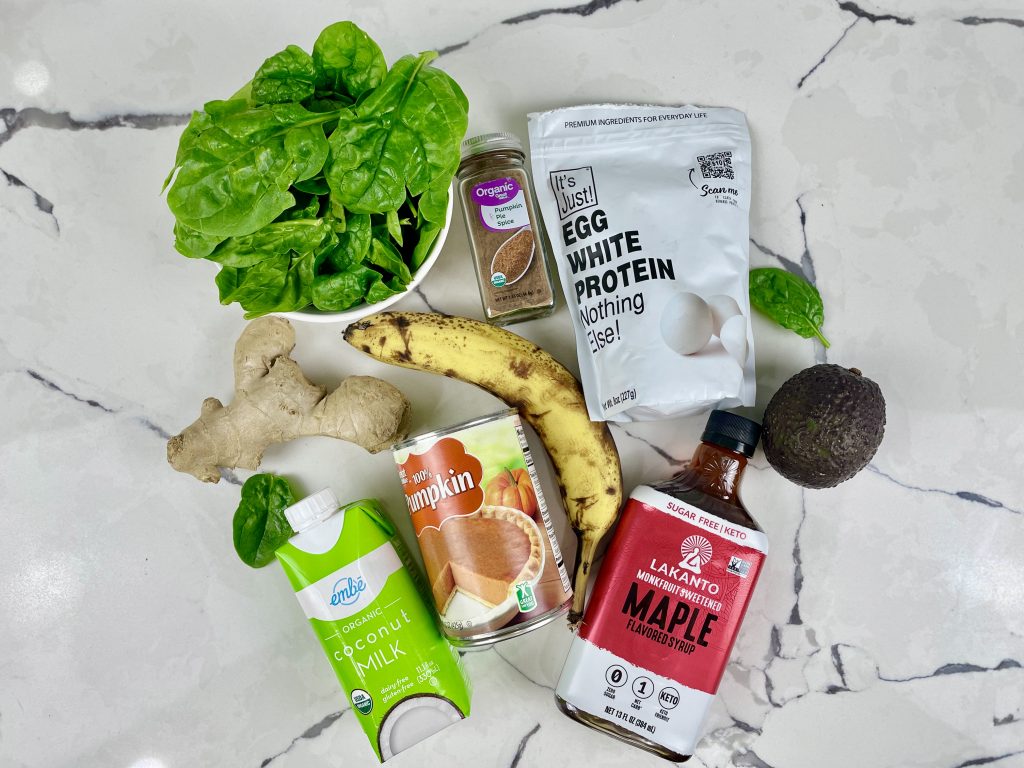

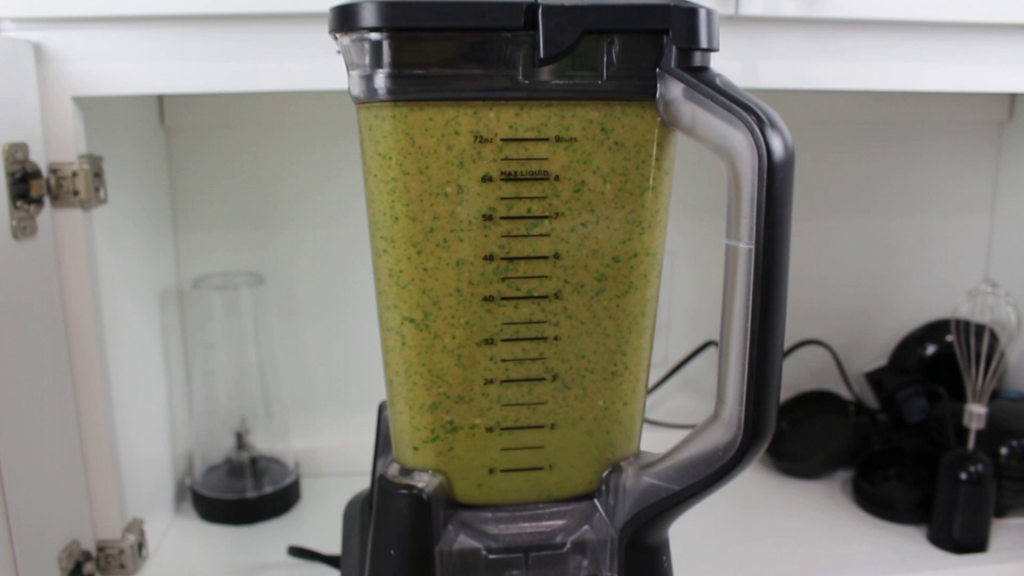
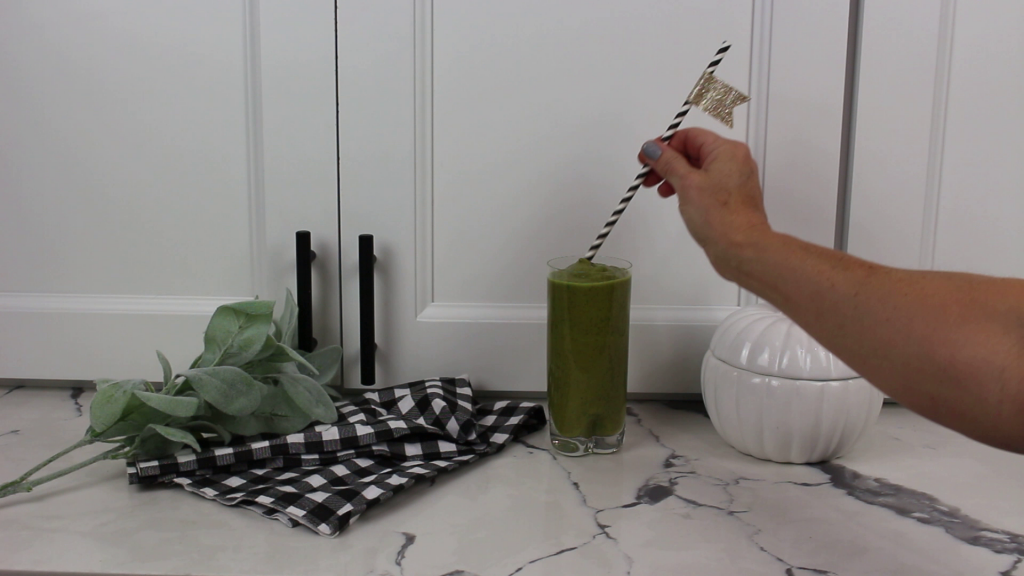



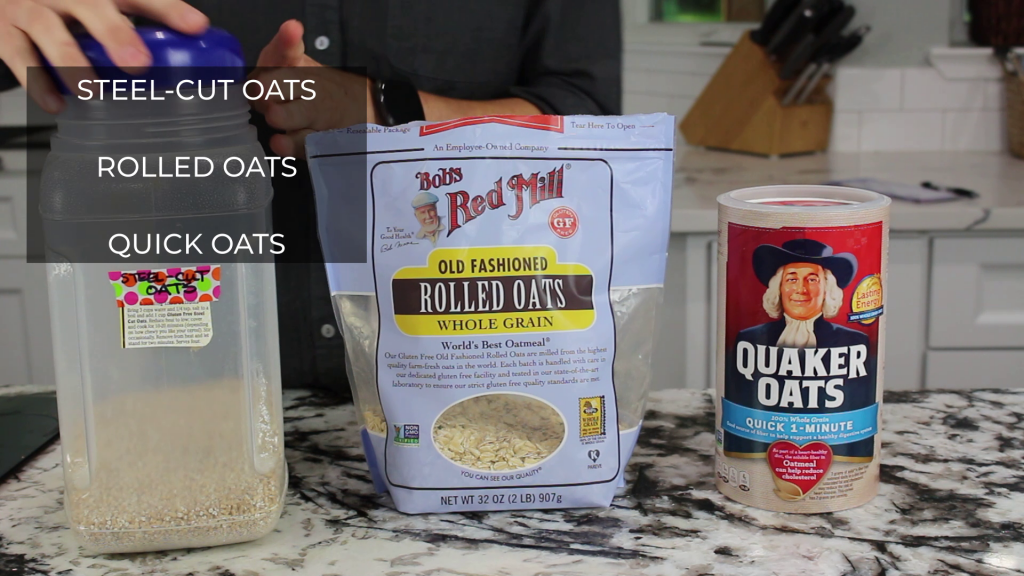

 QUICK-START GUIDE!
QUICK-START GUIDE! 







